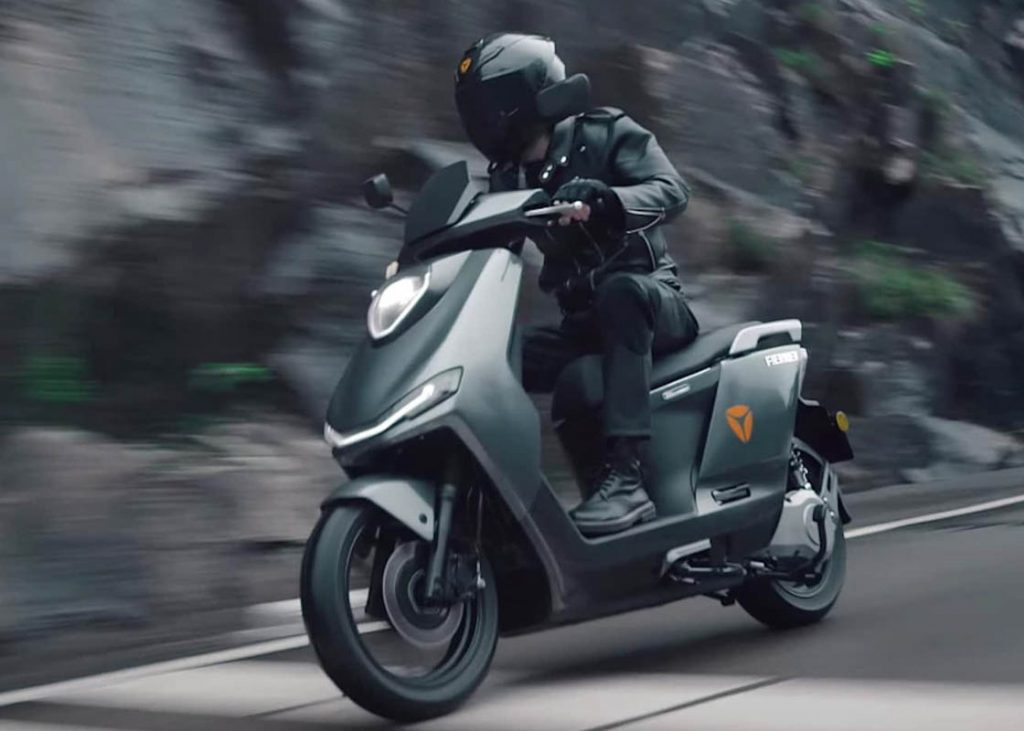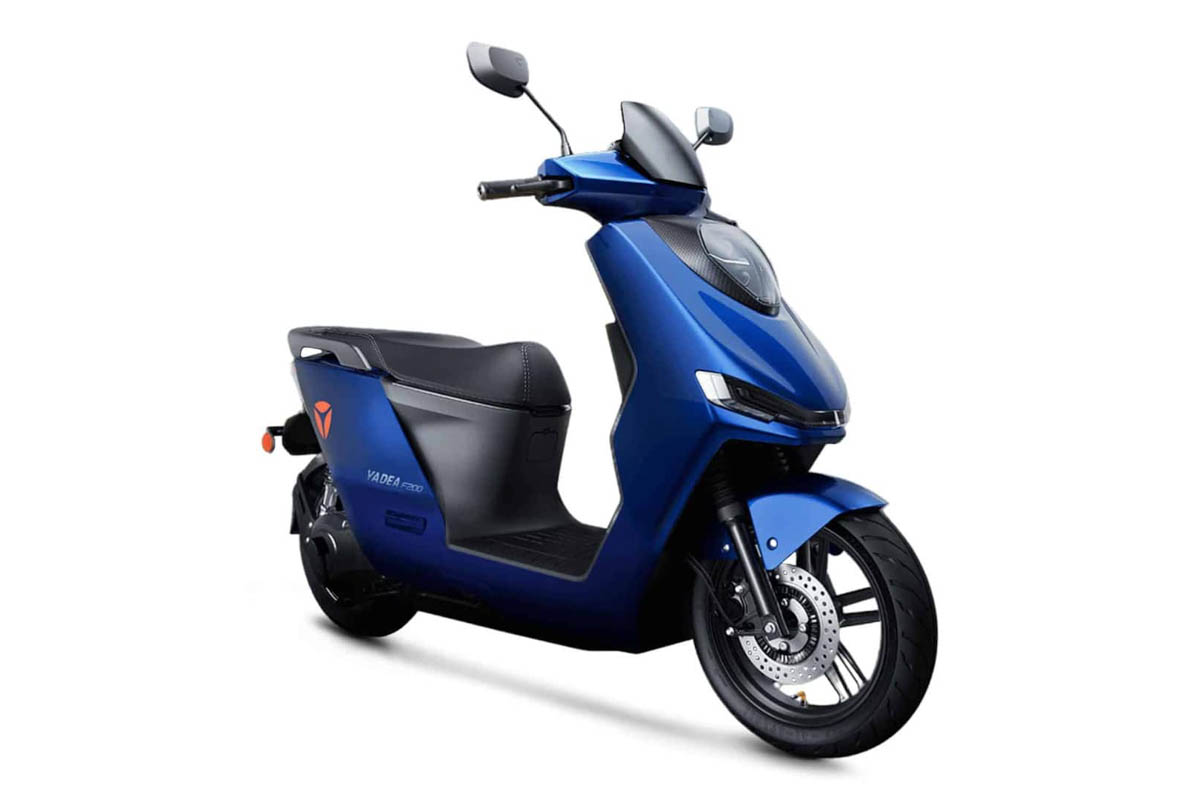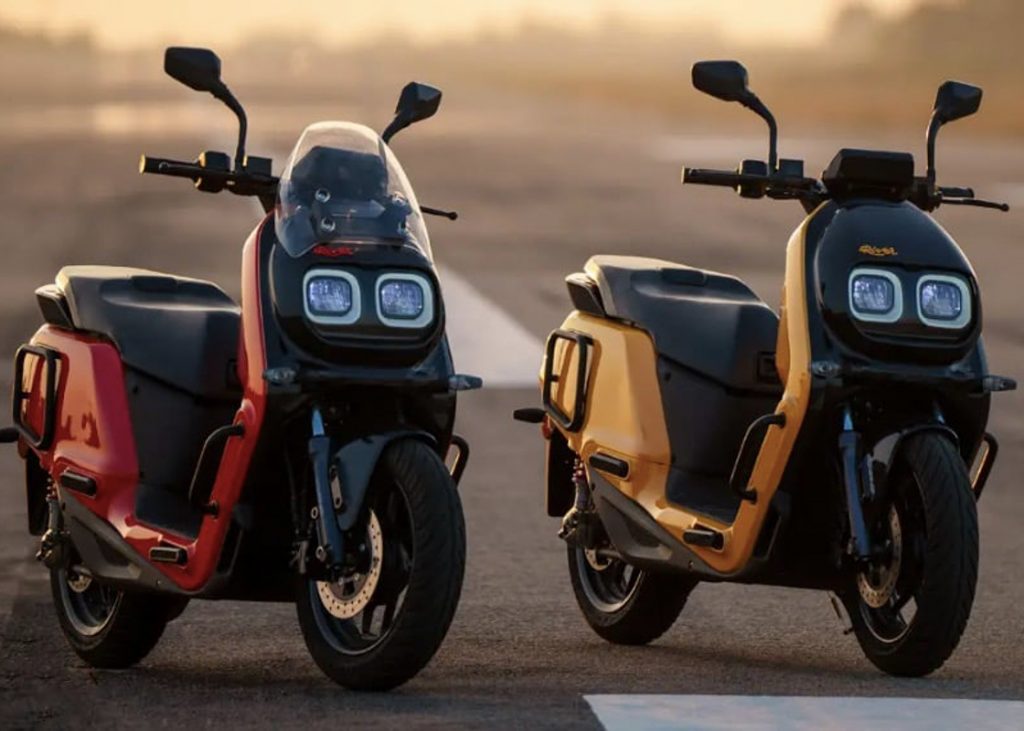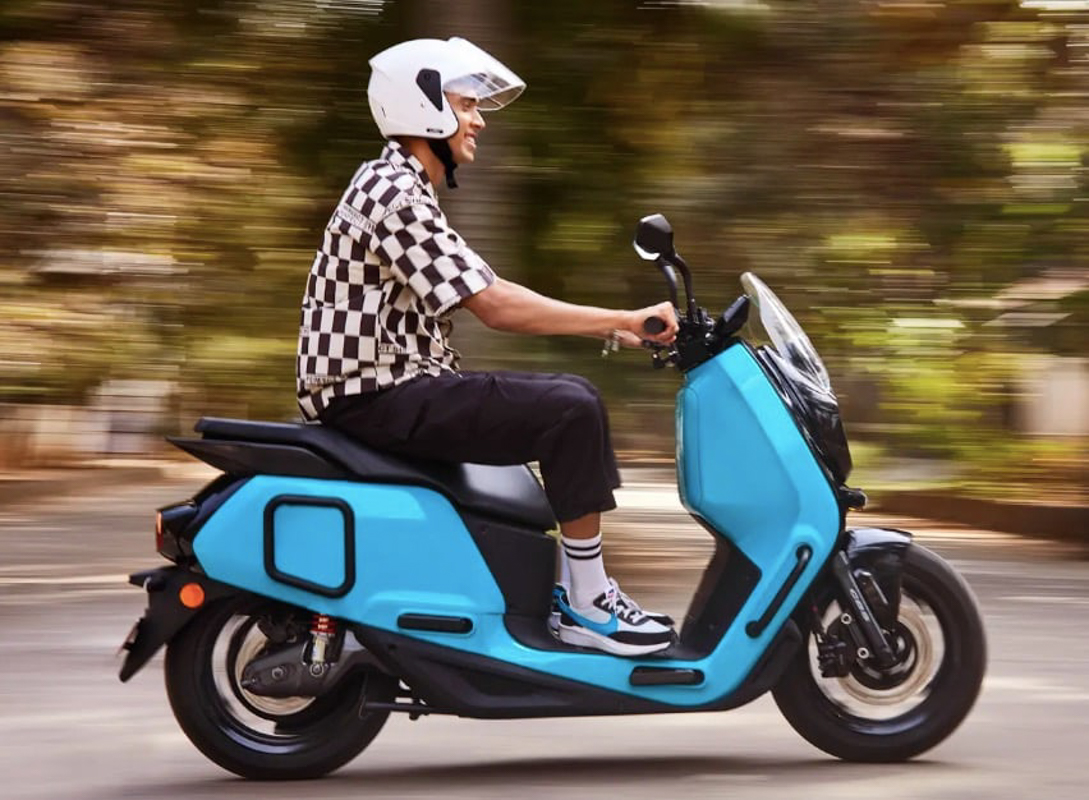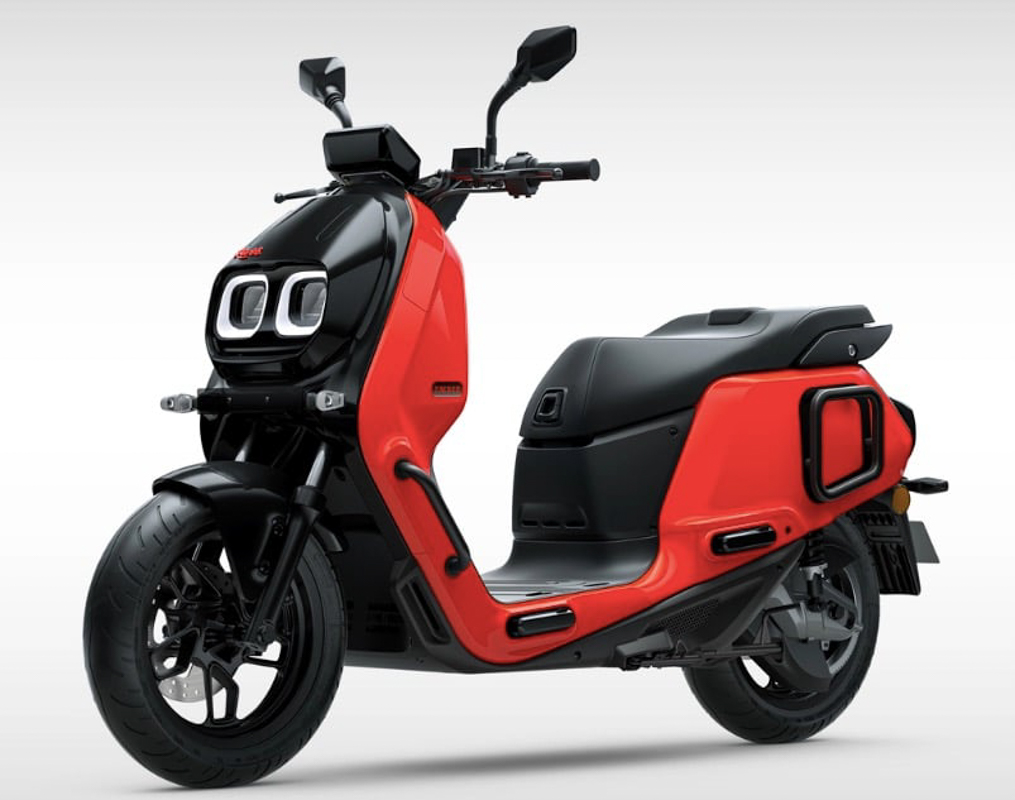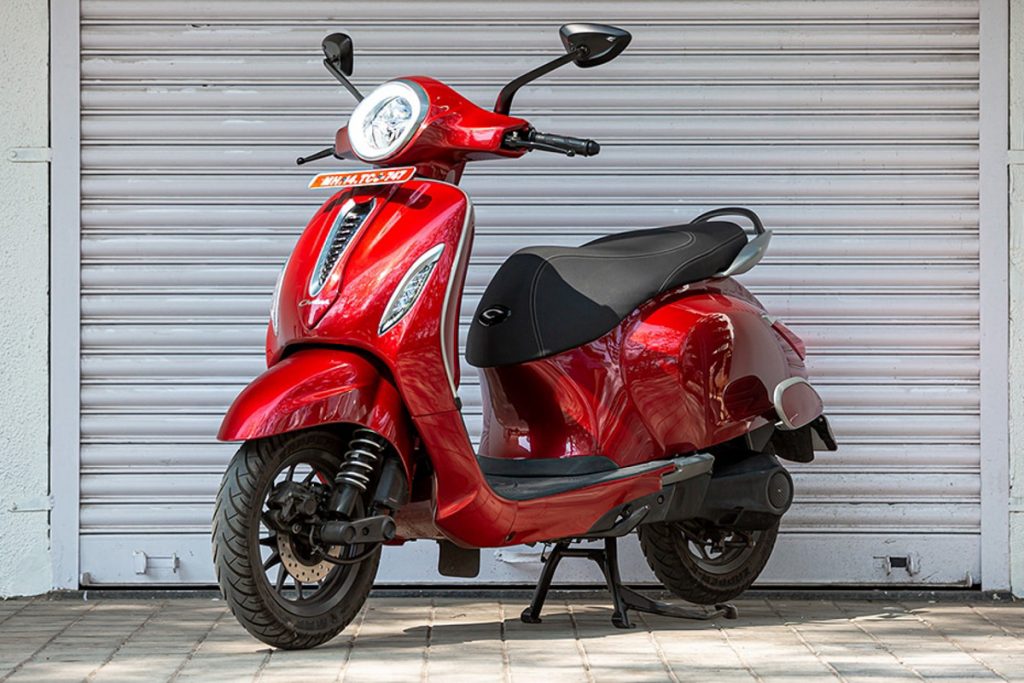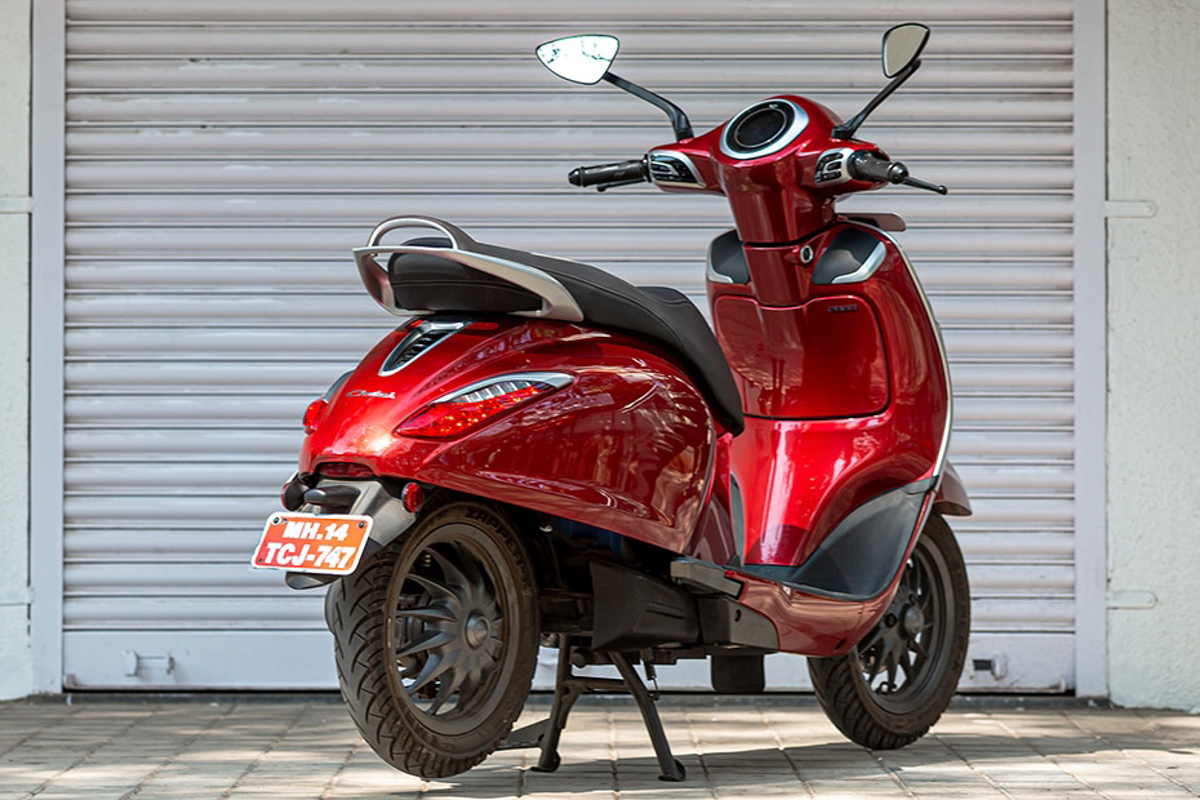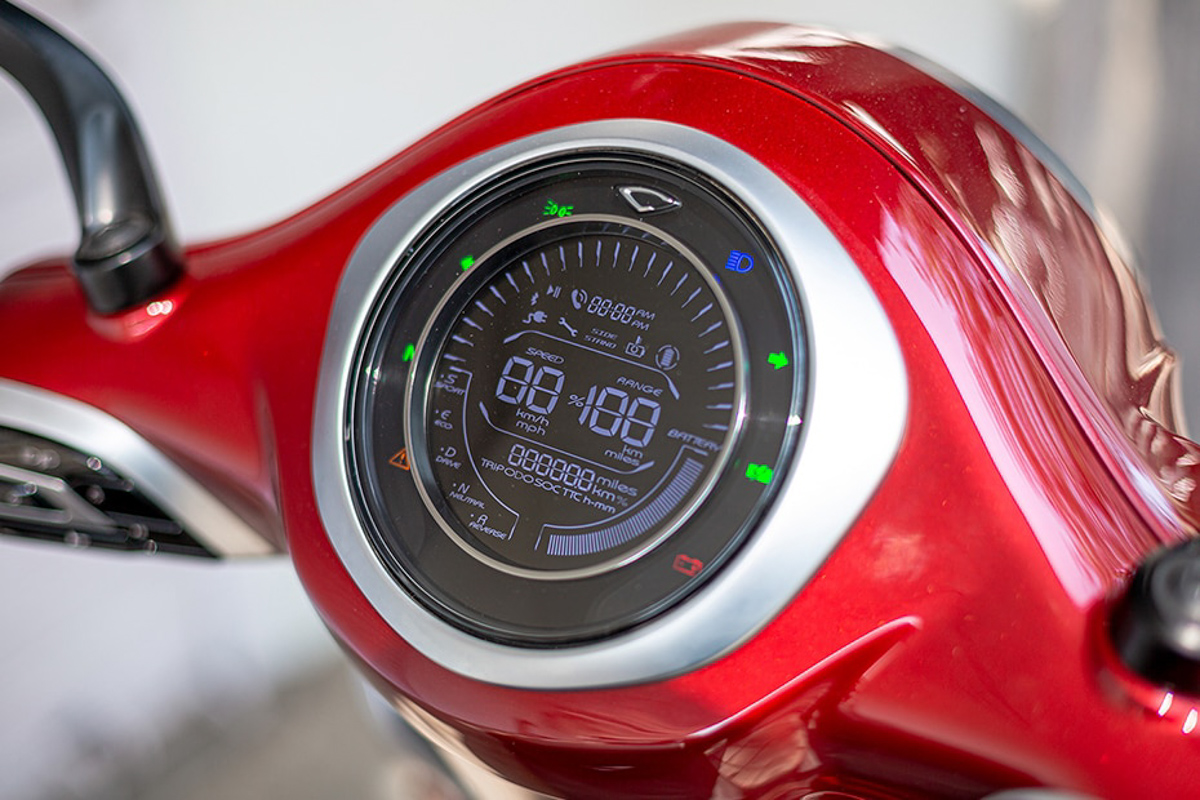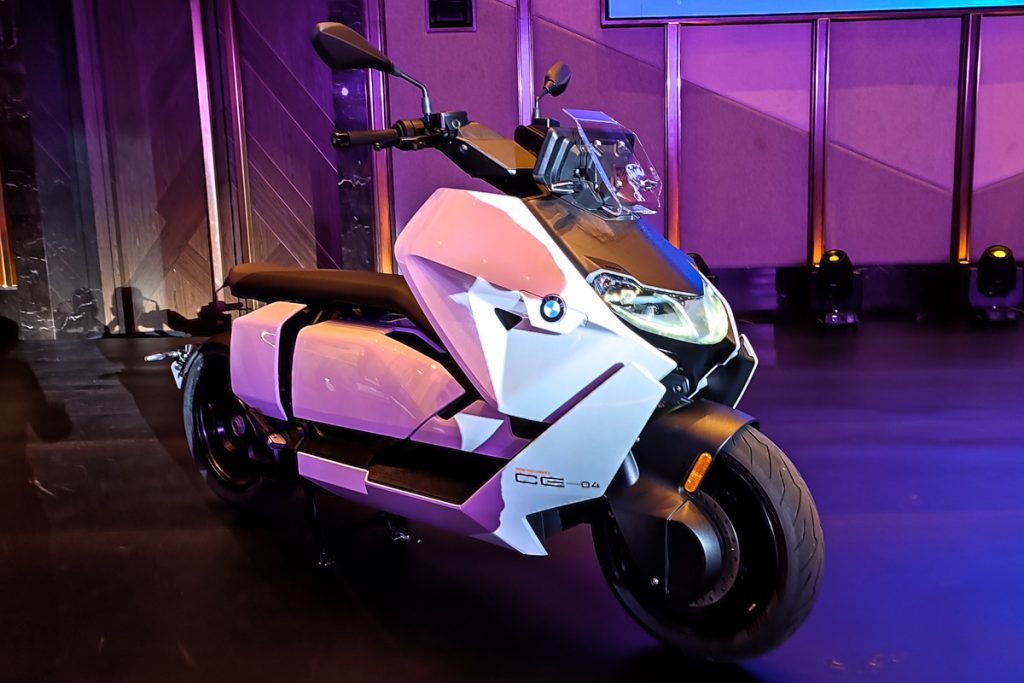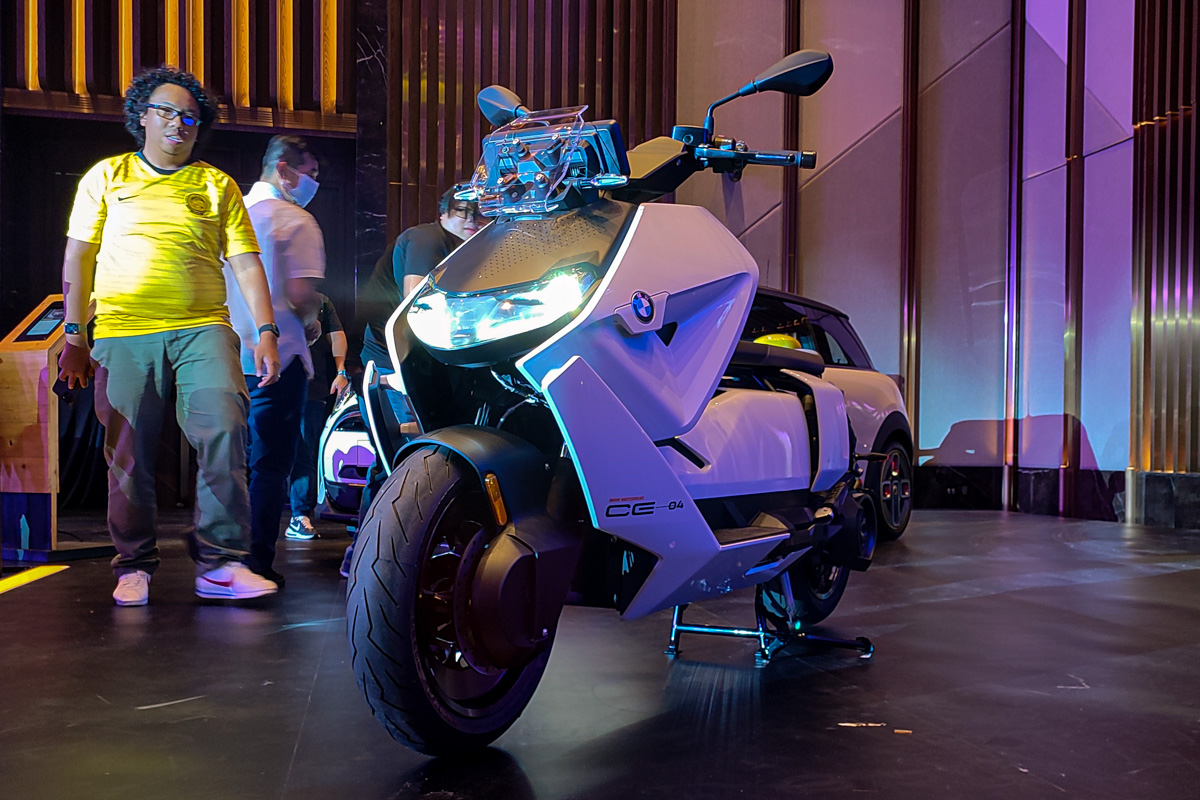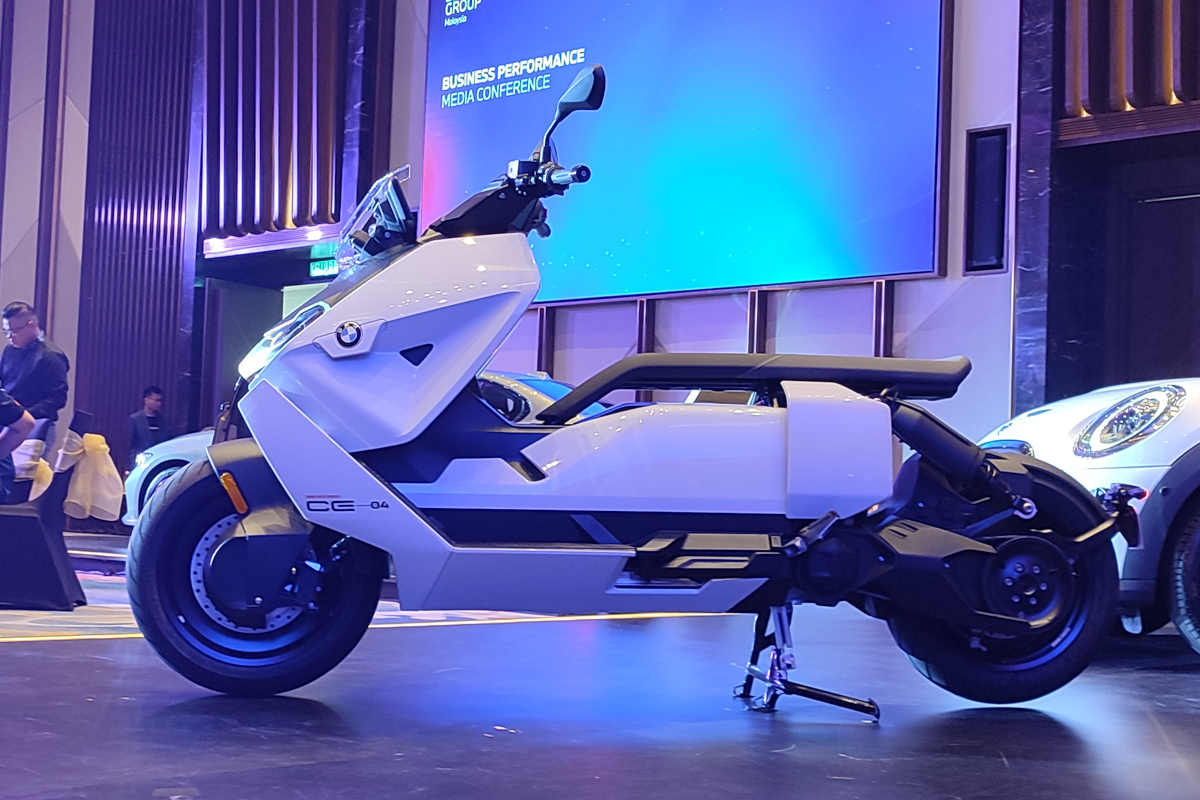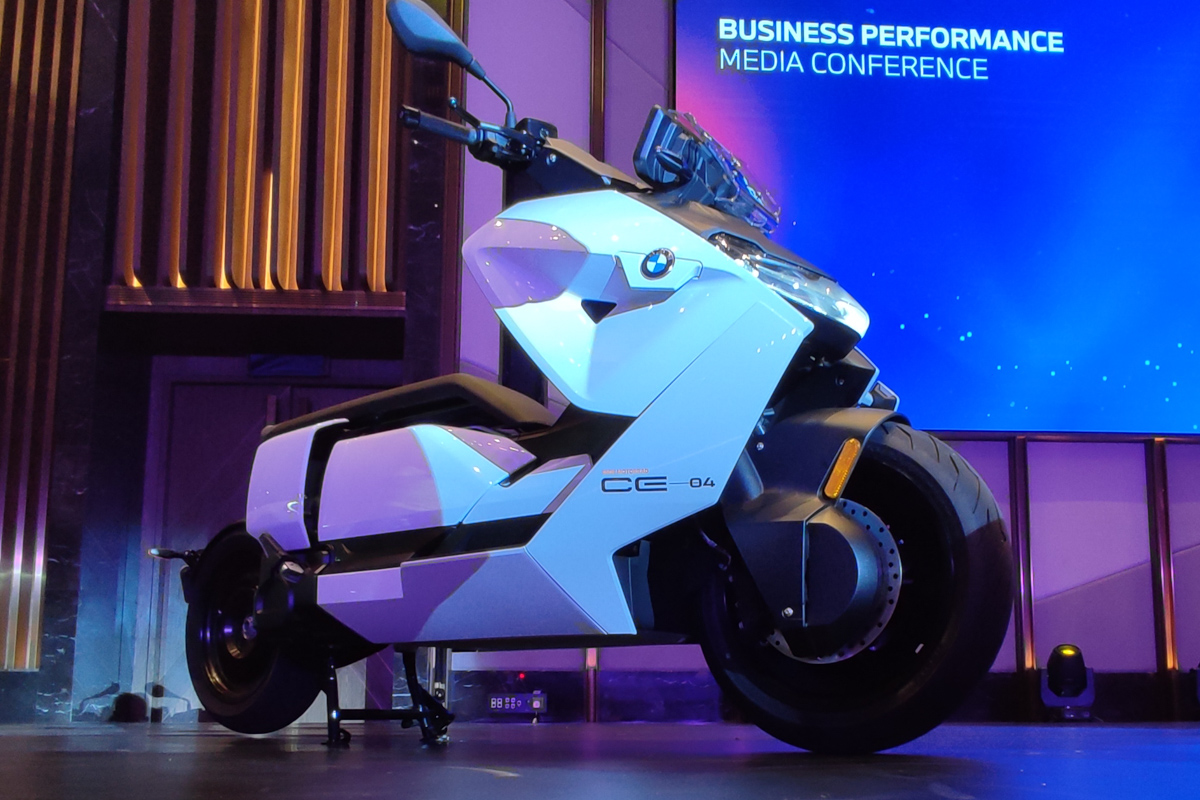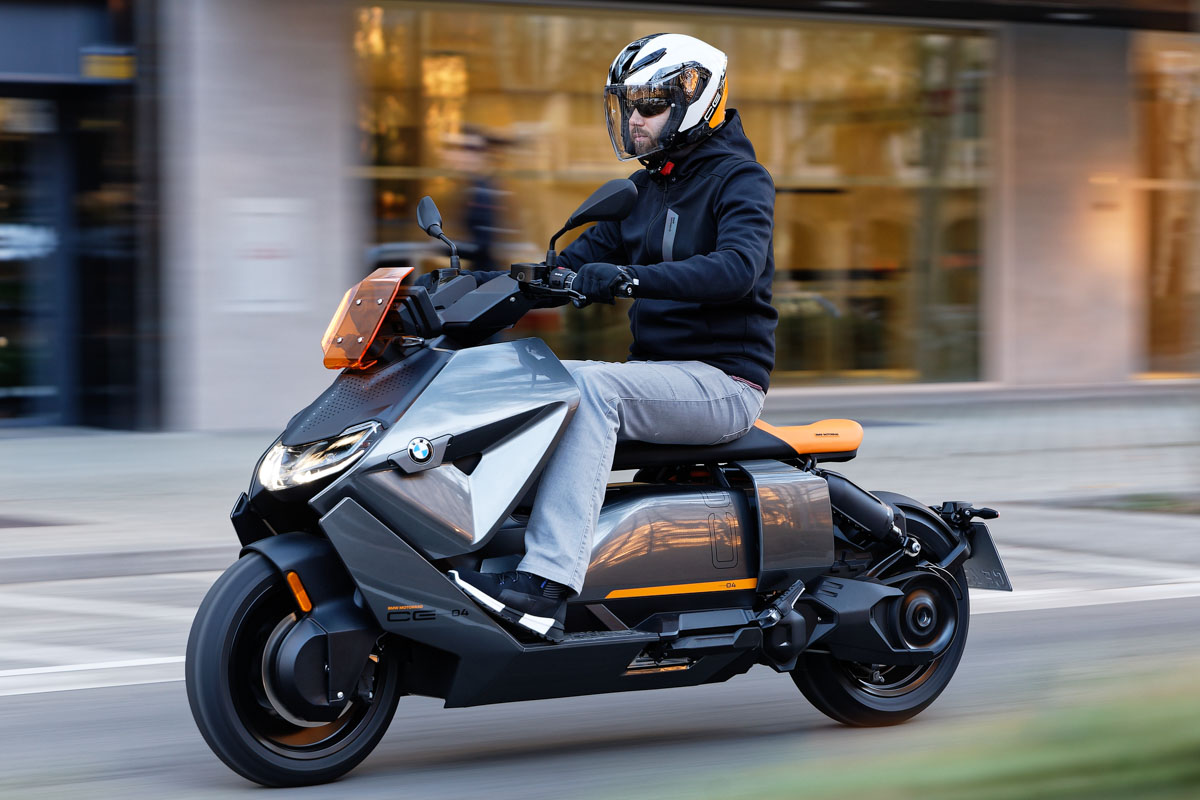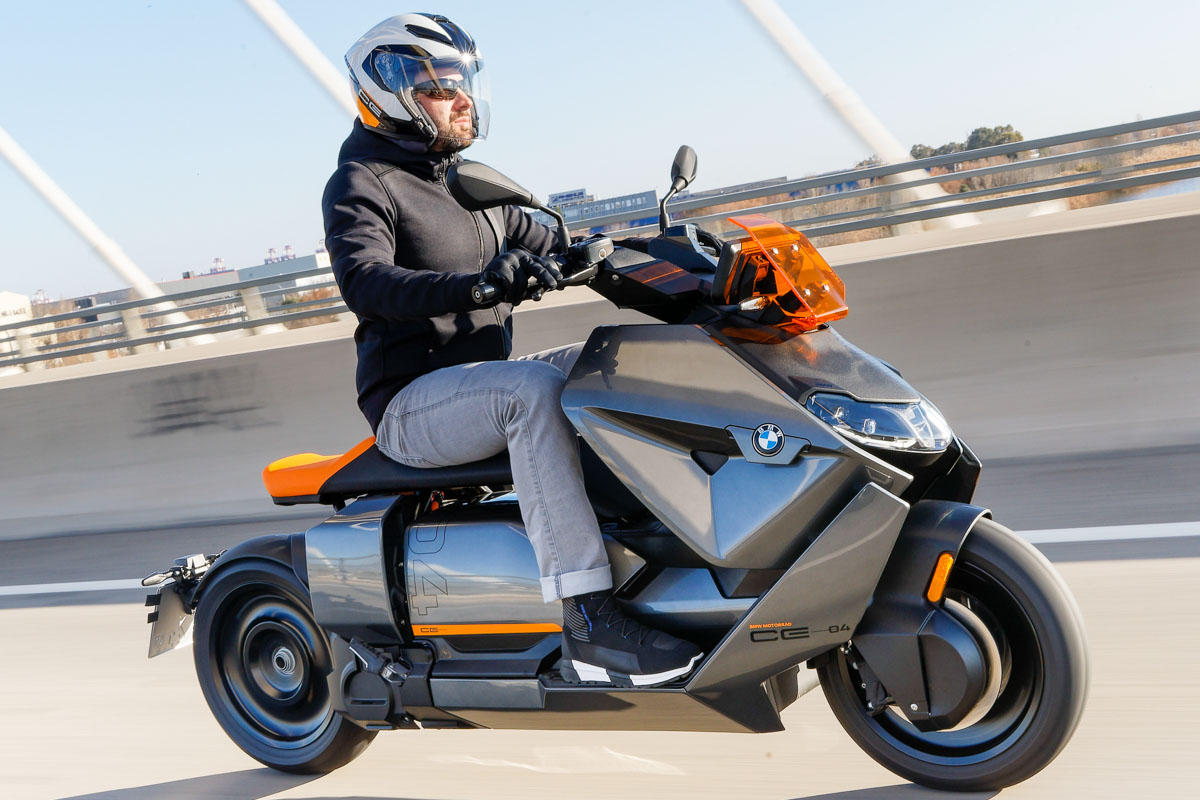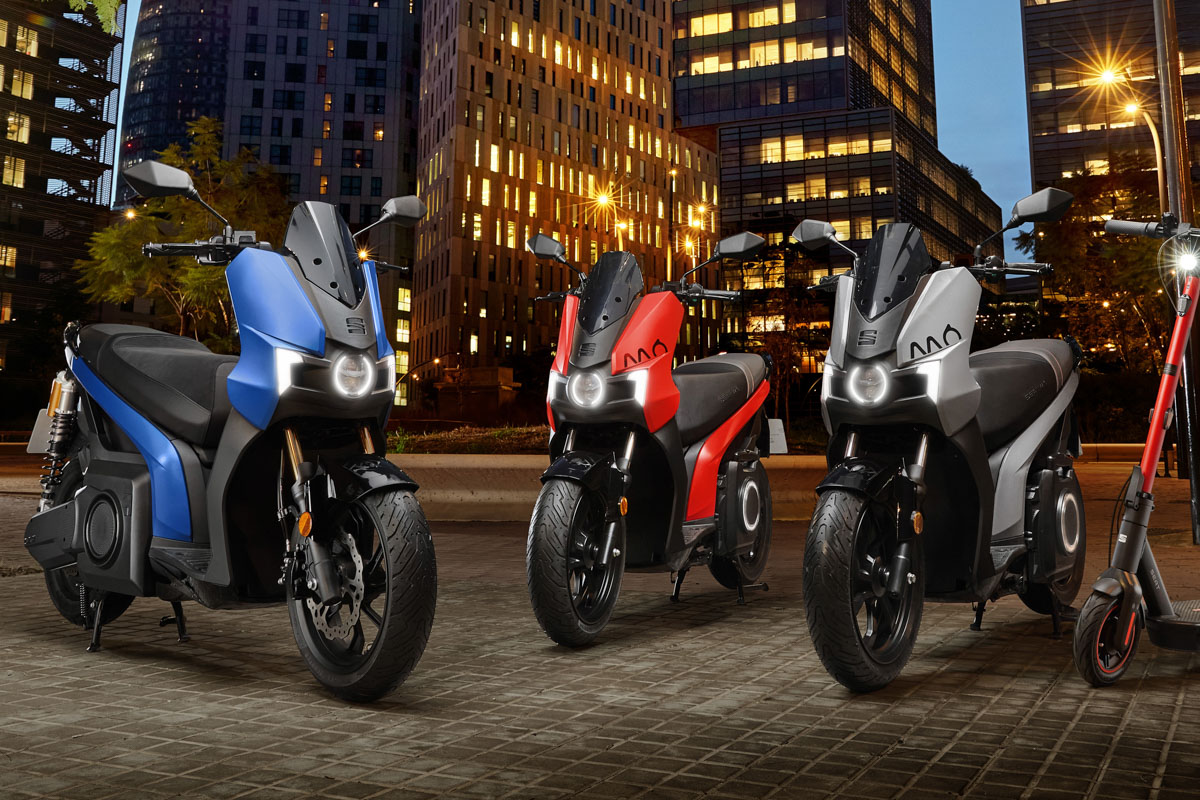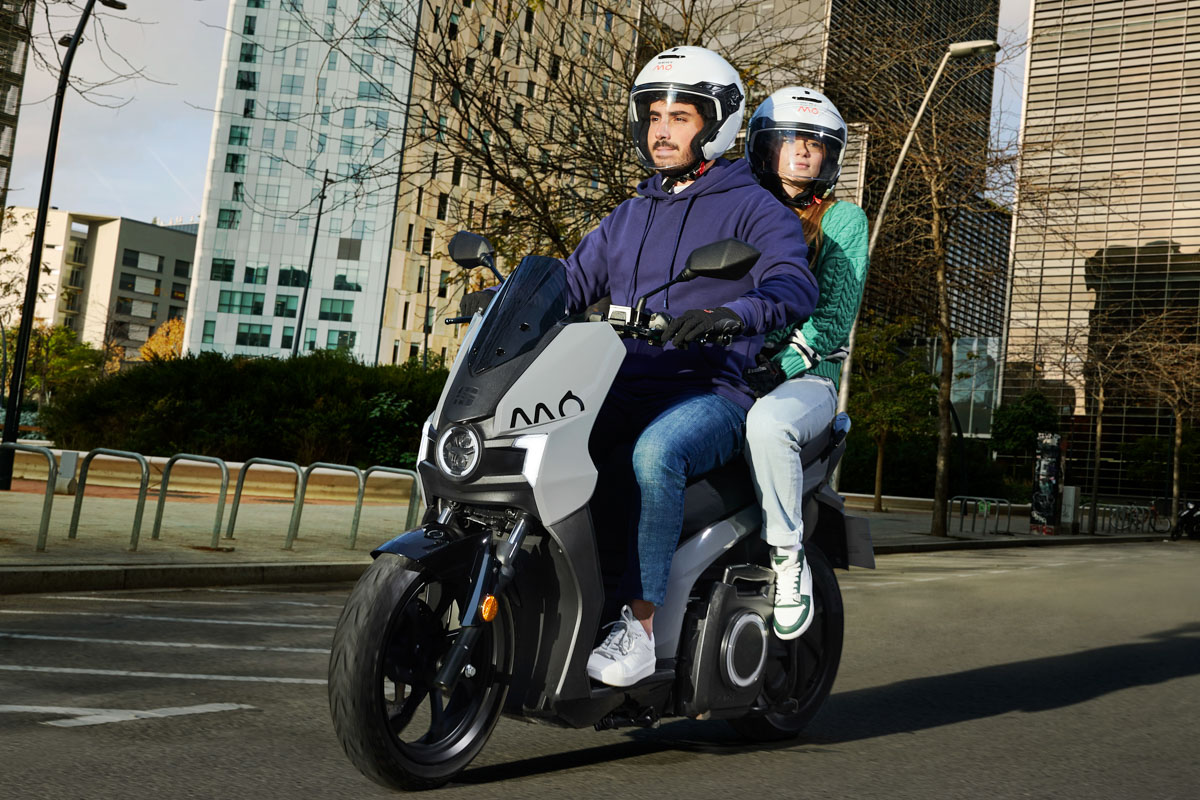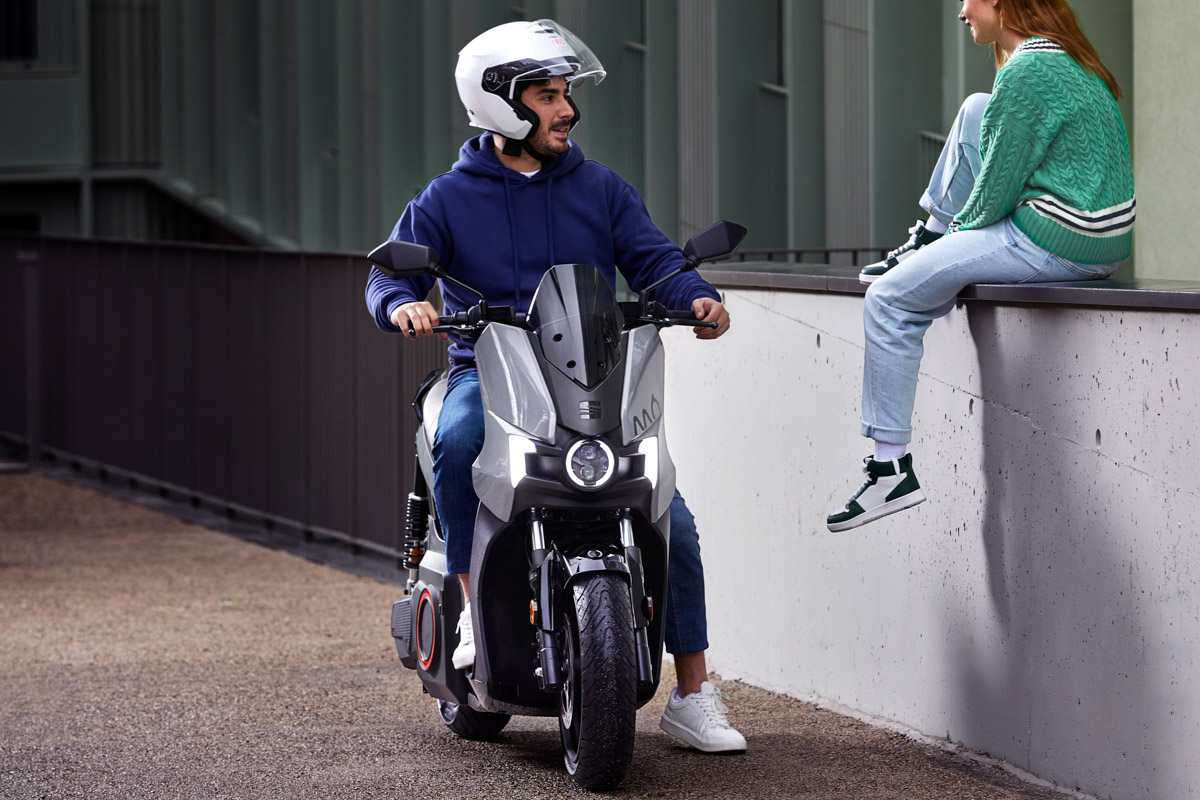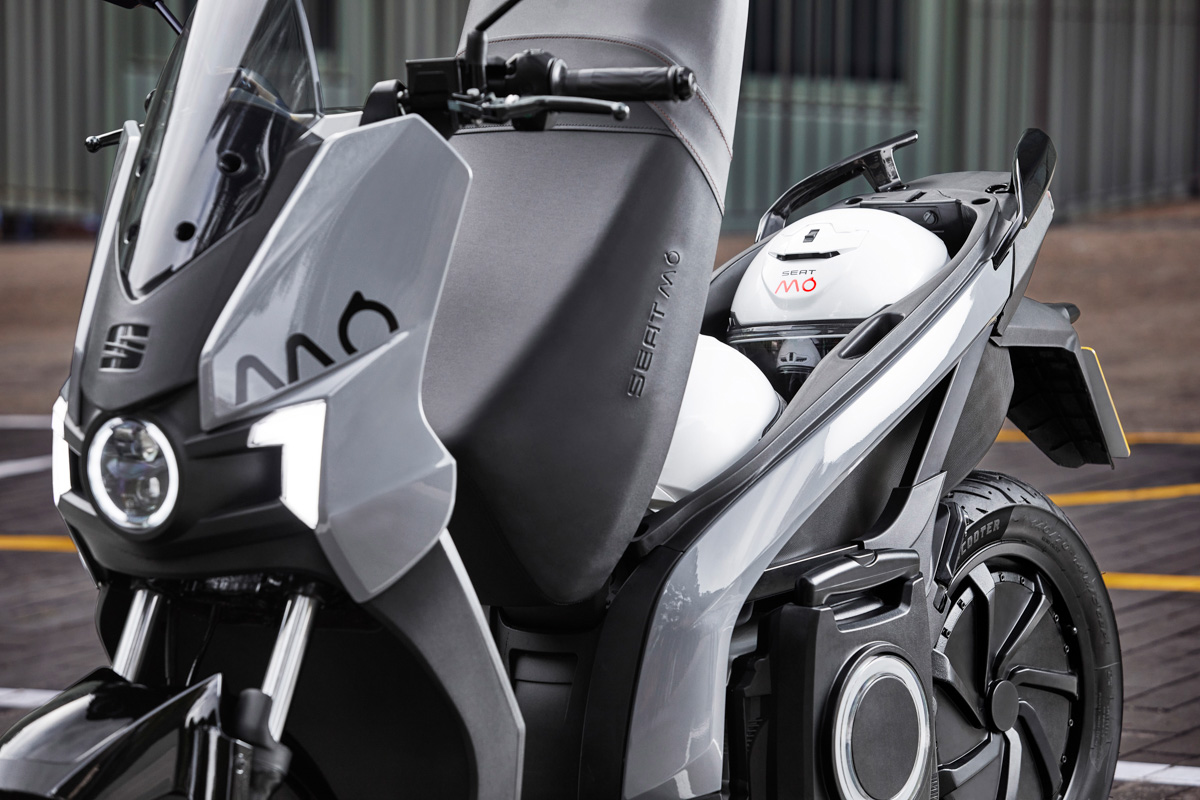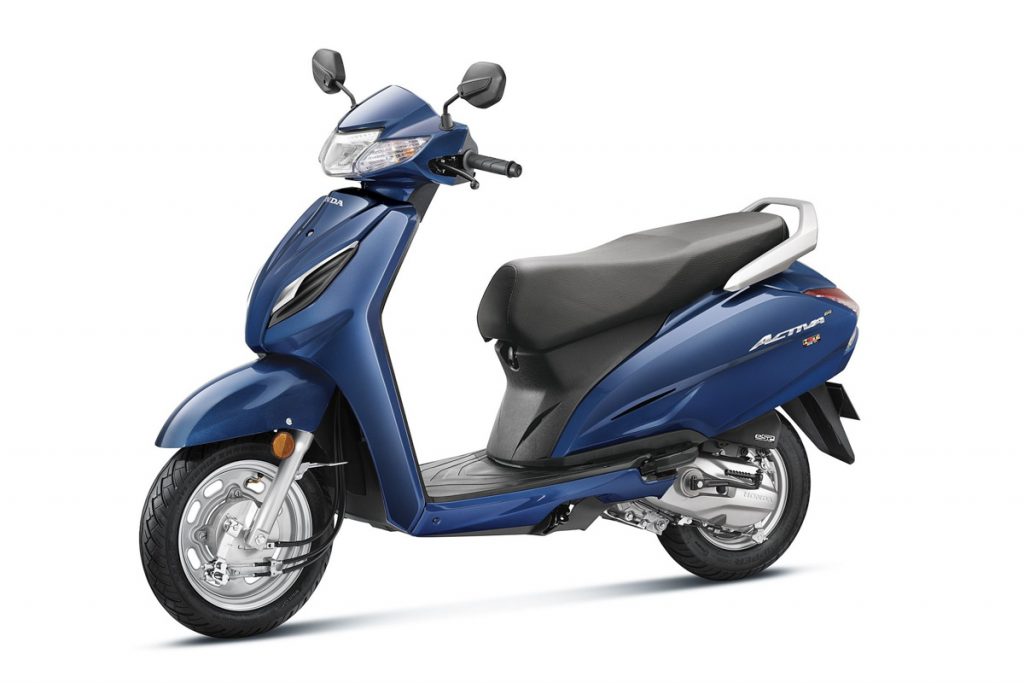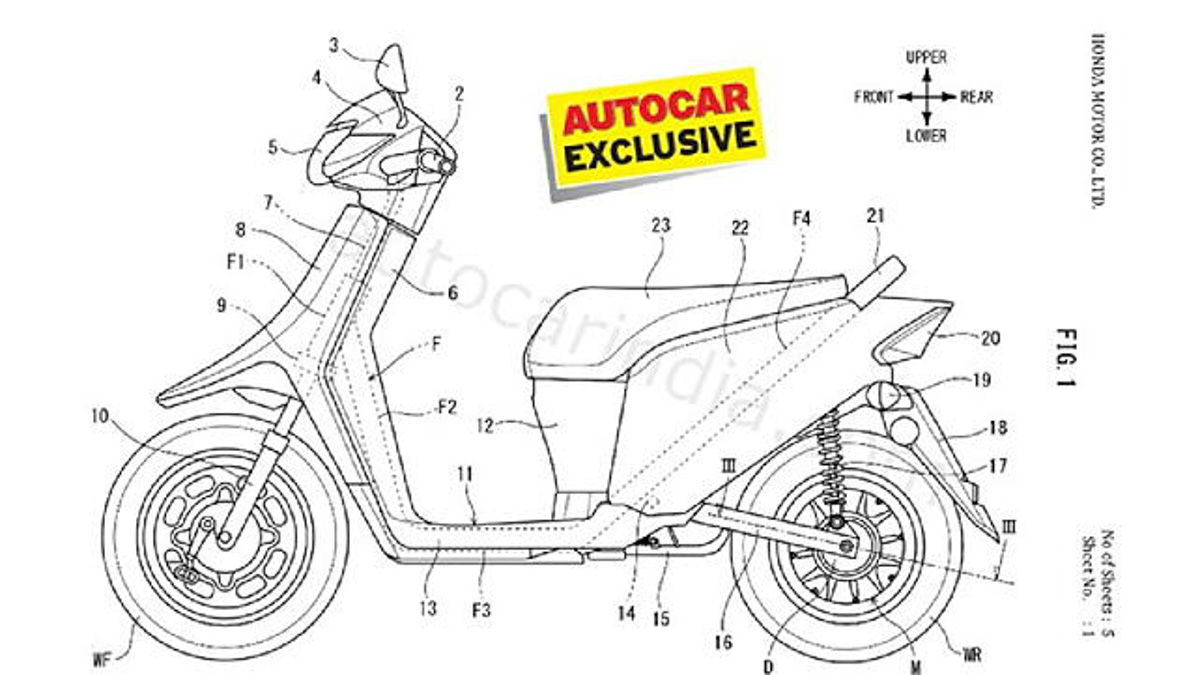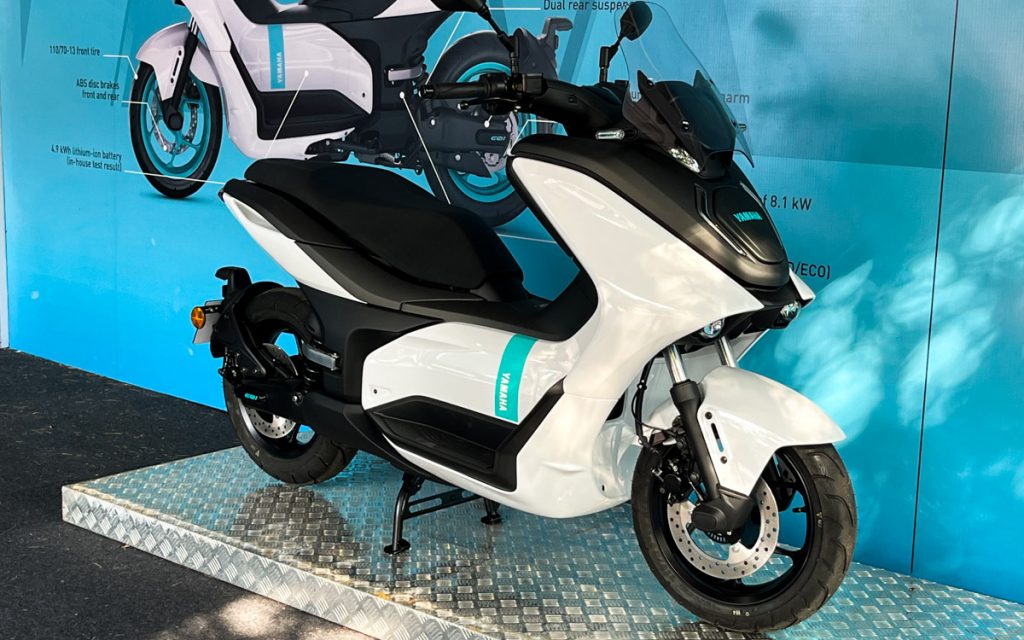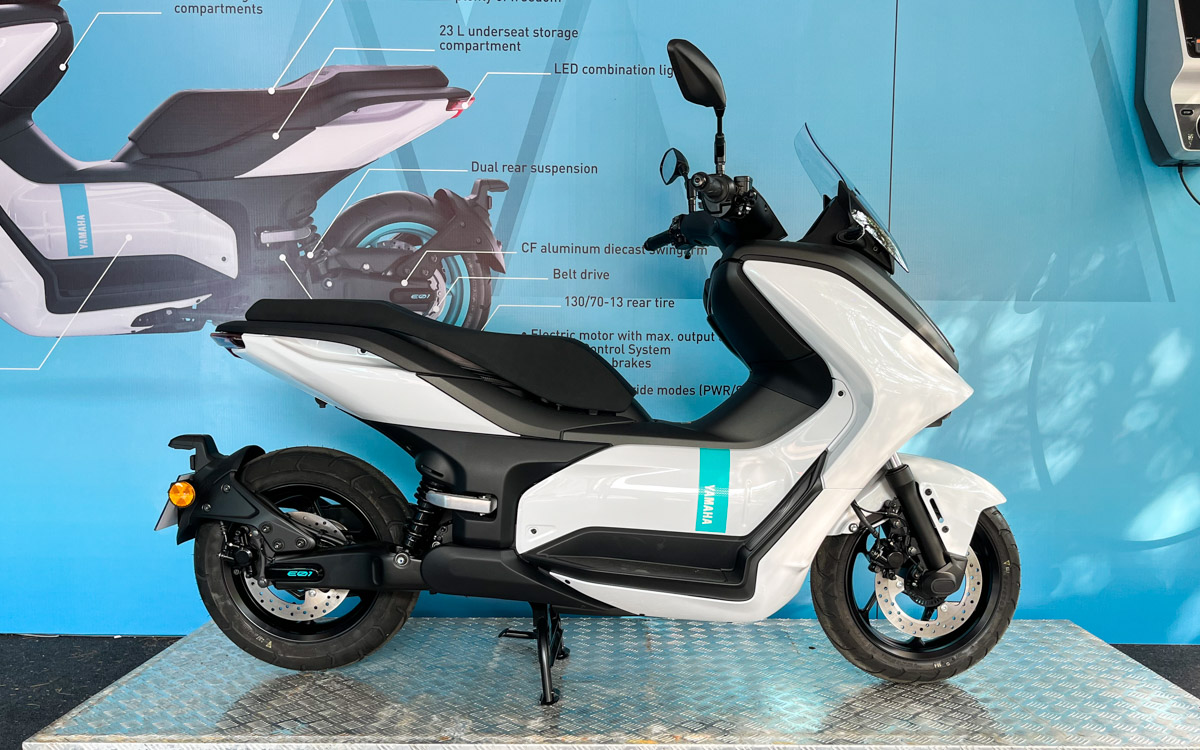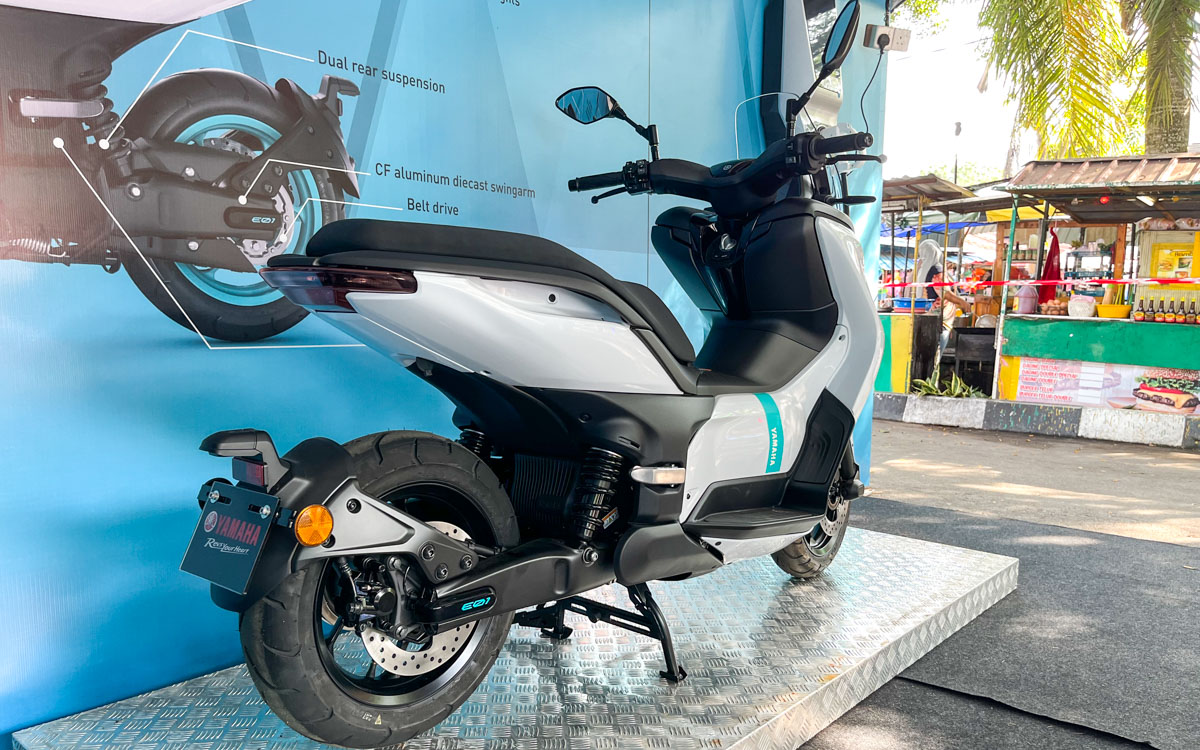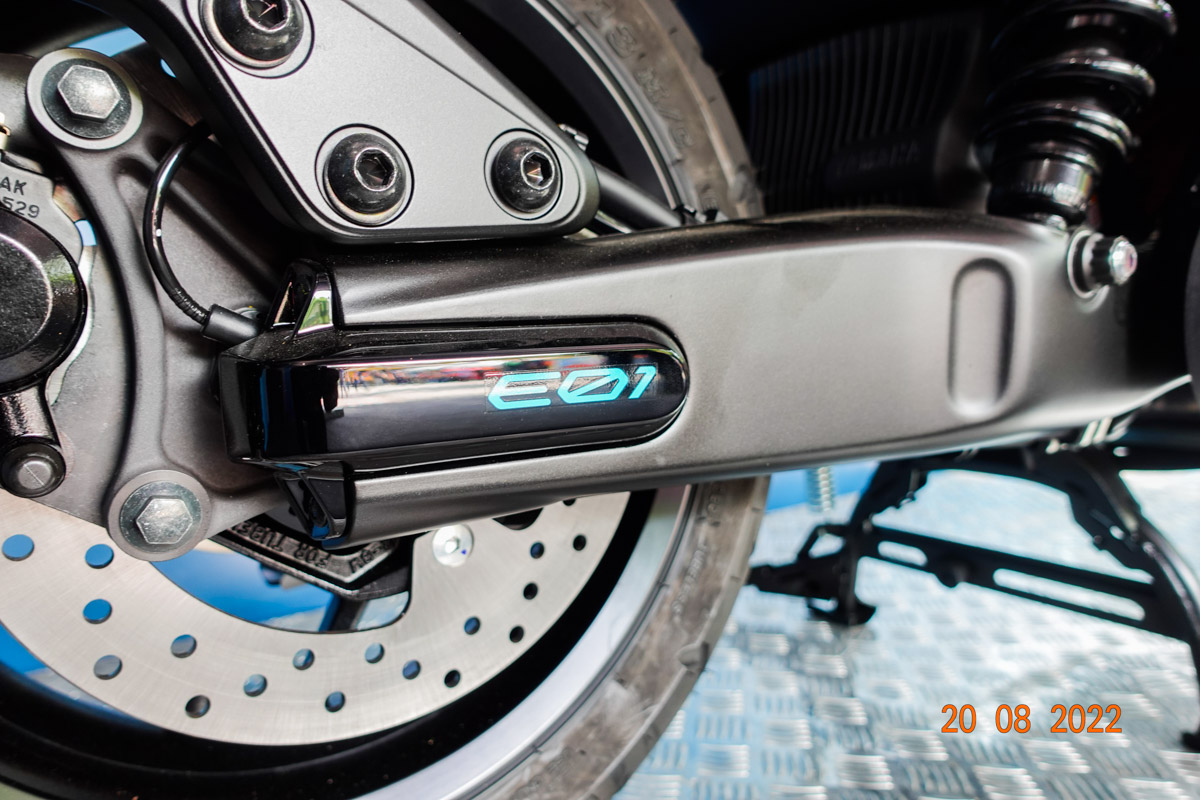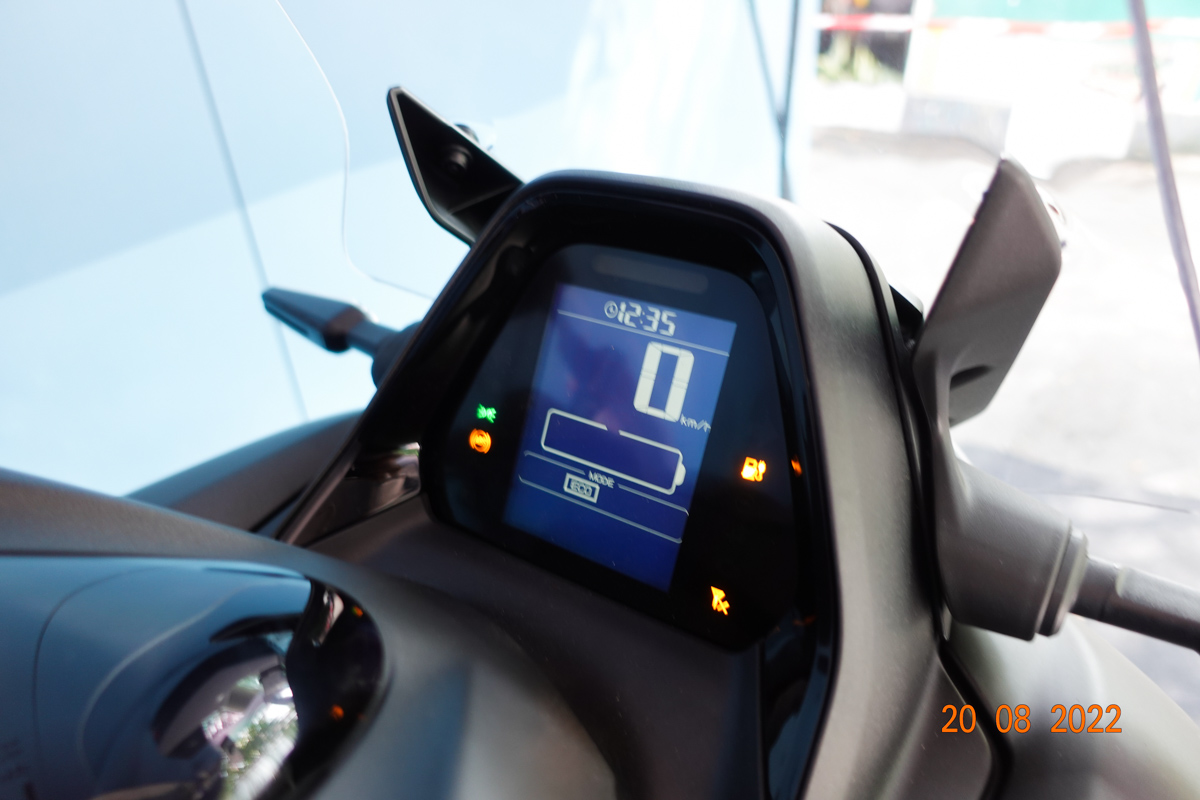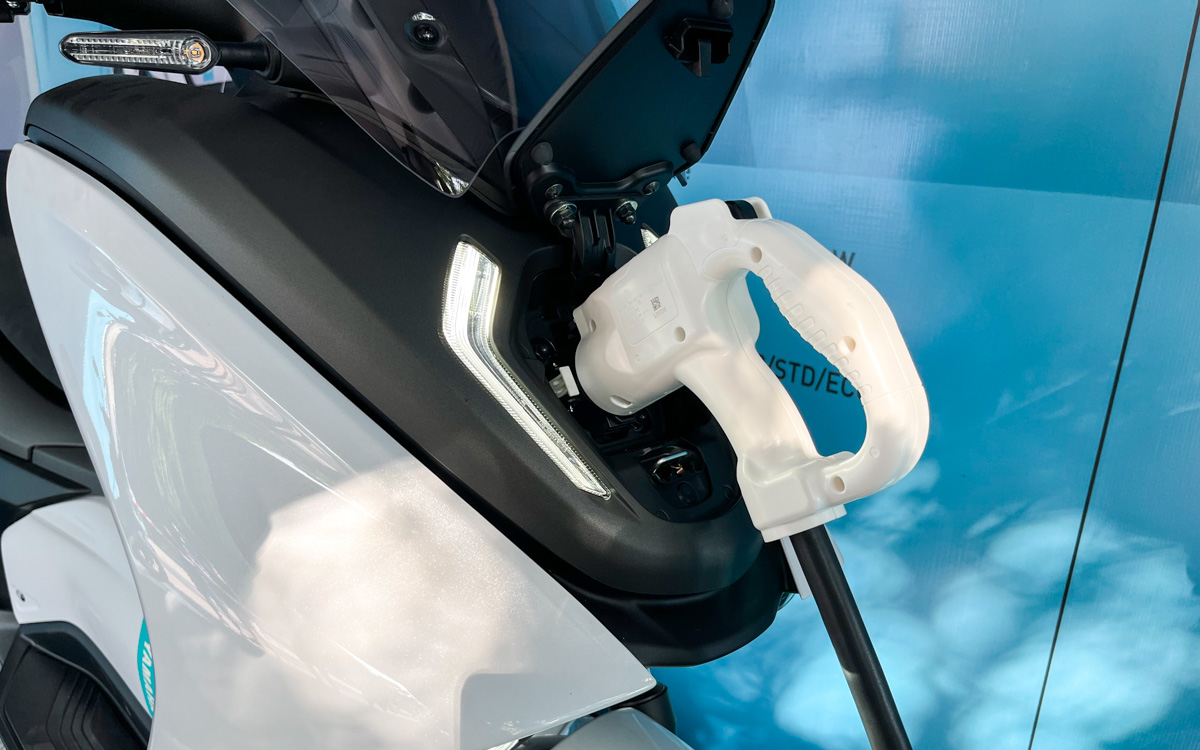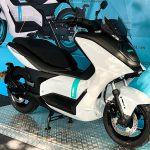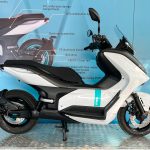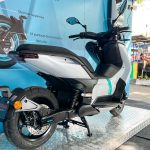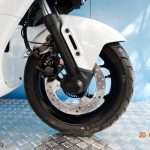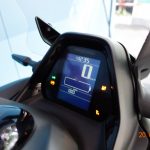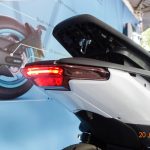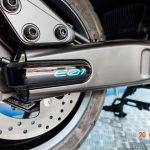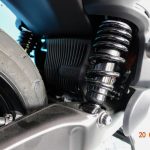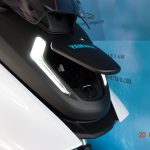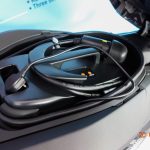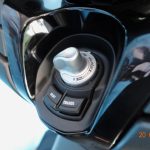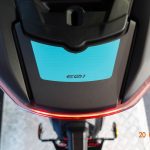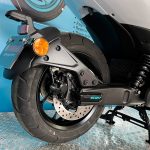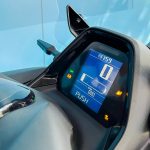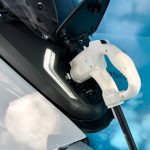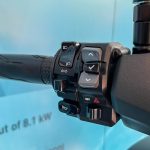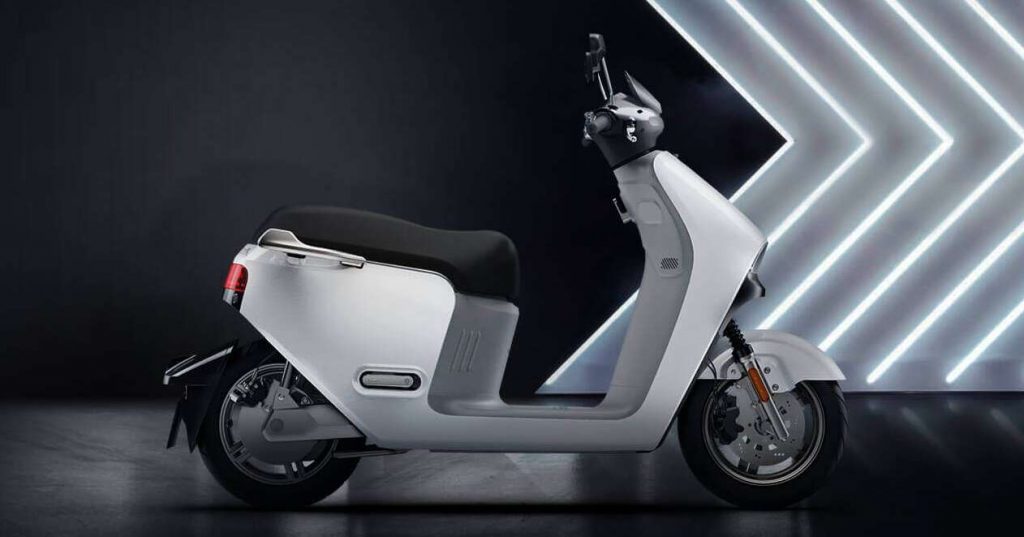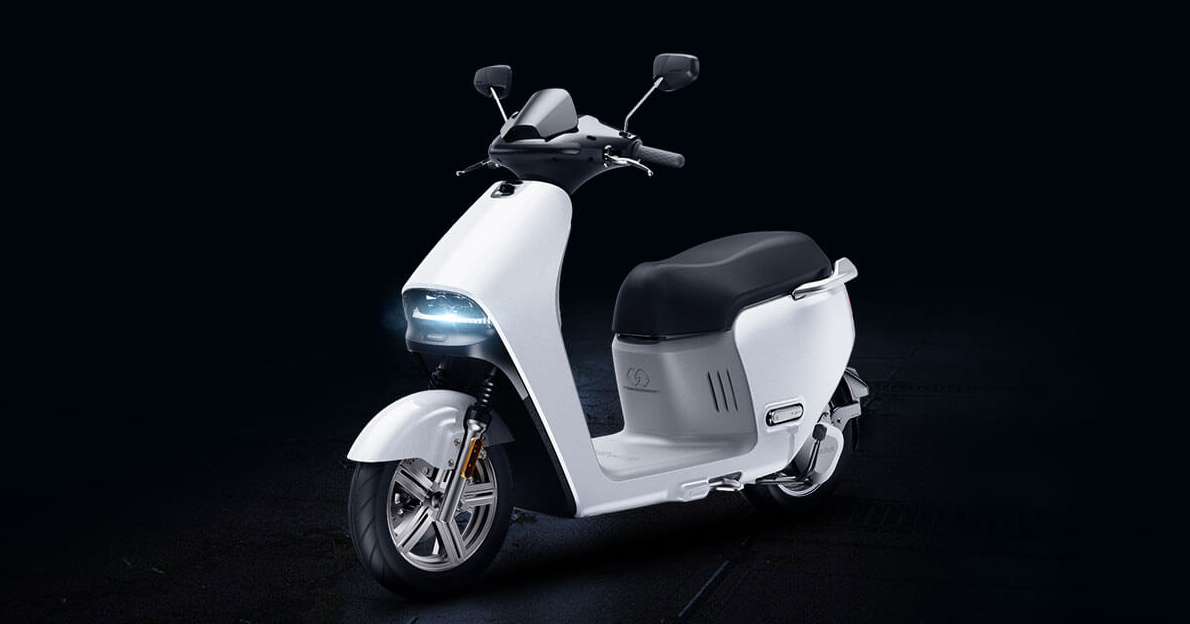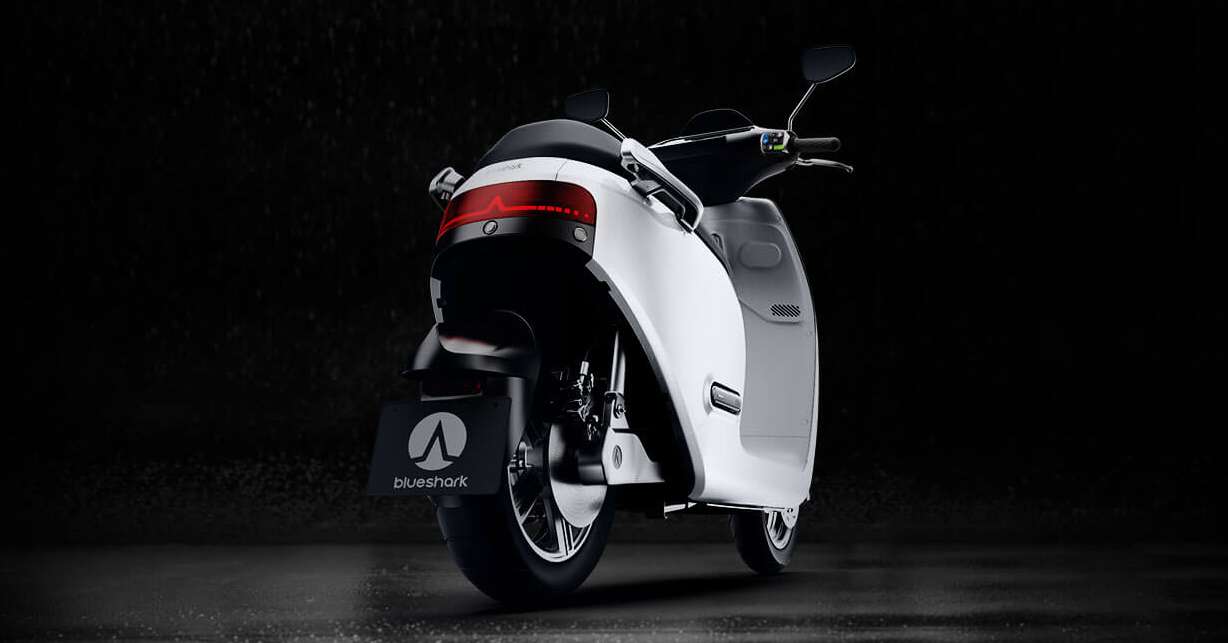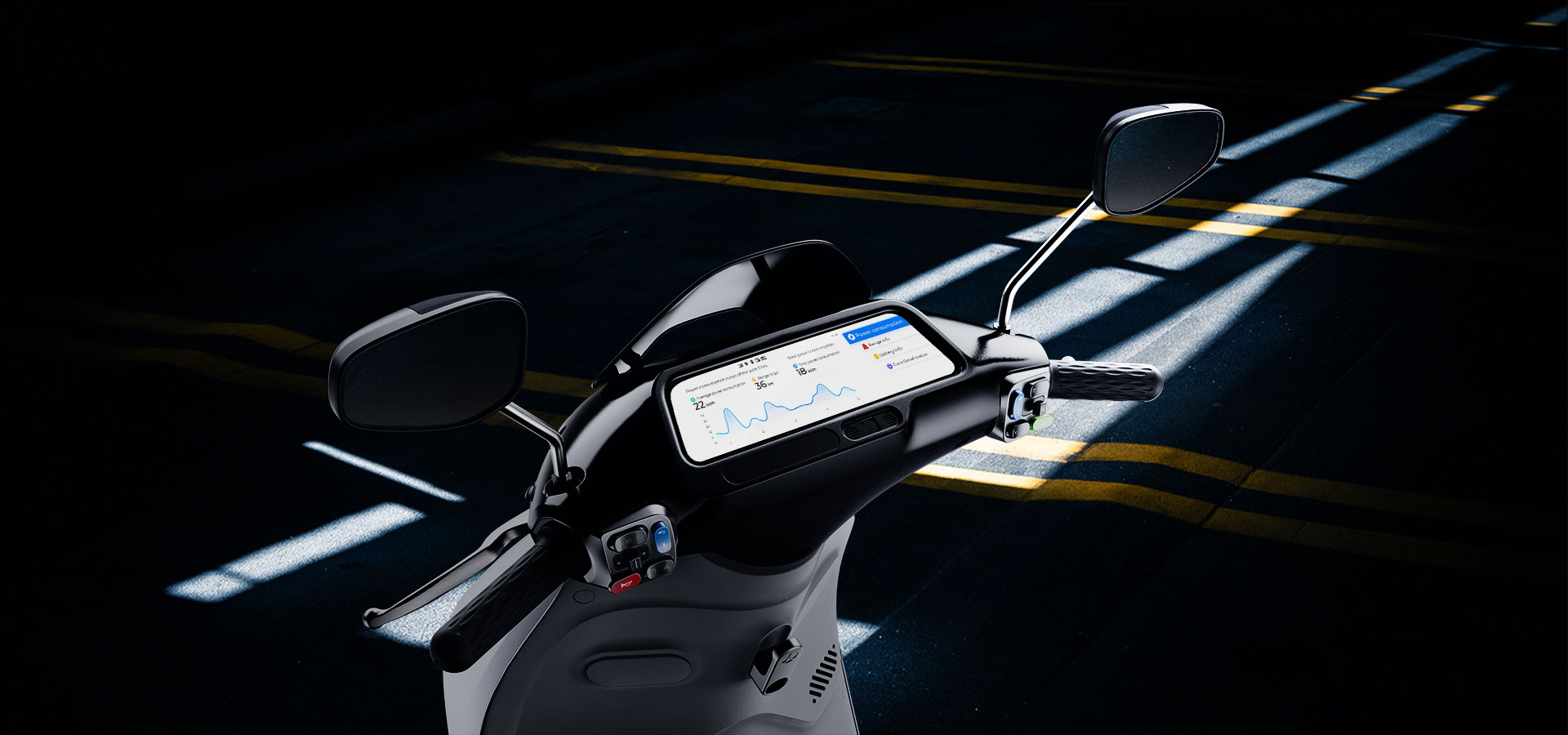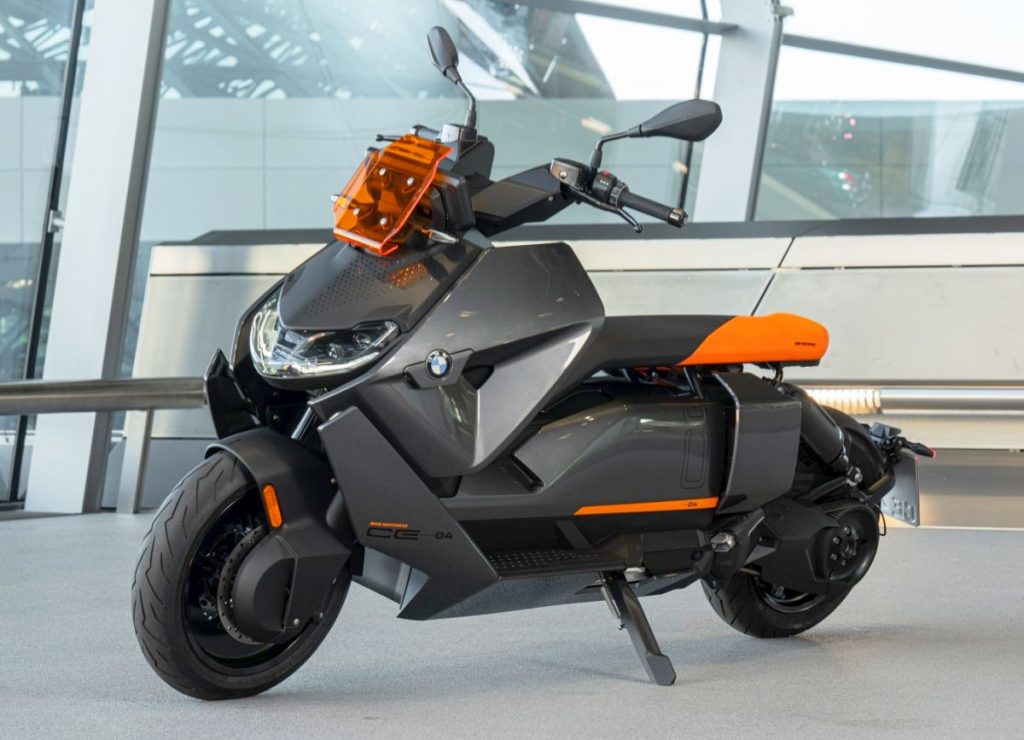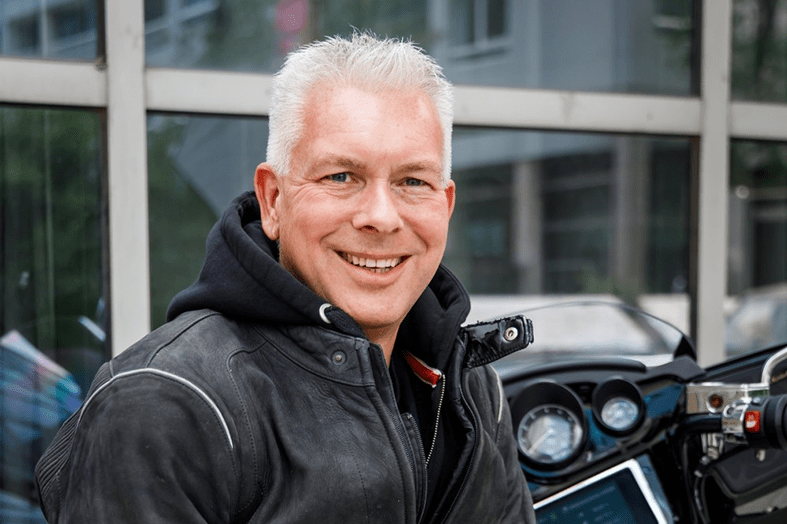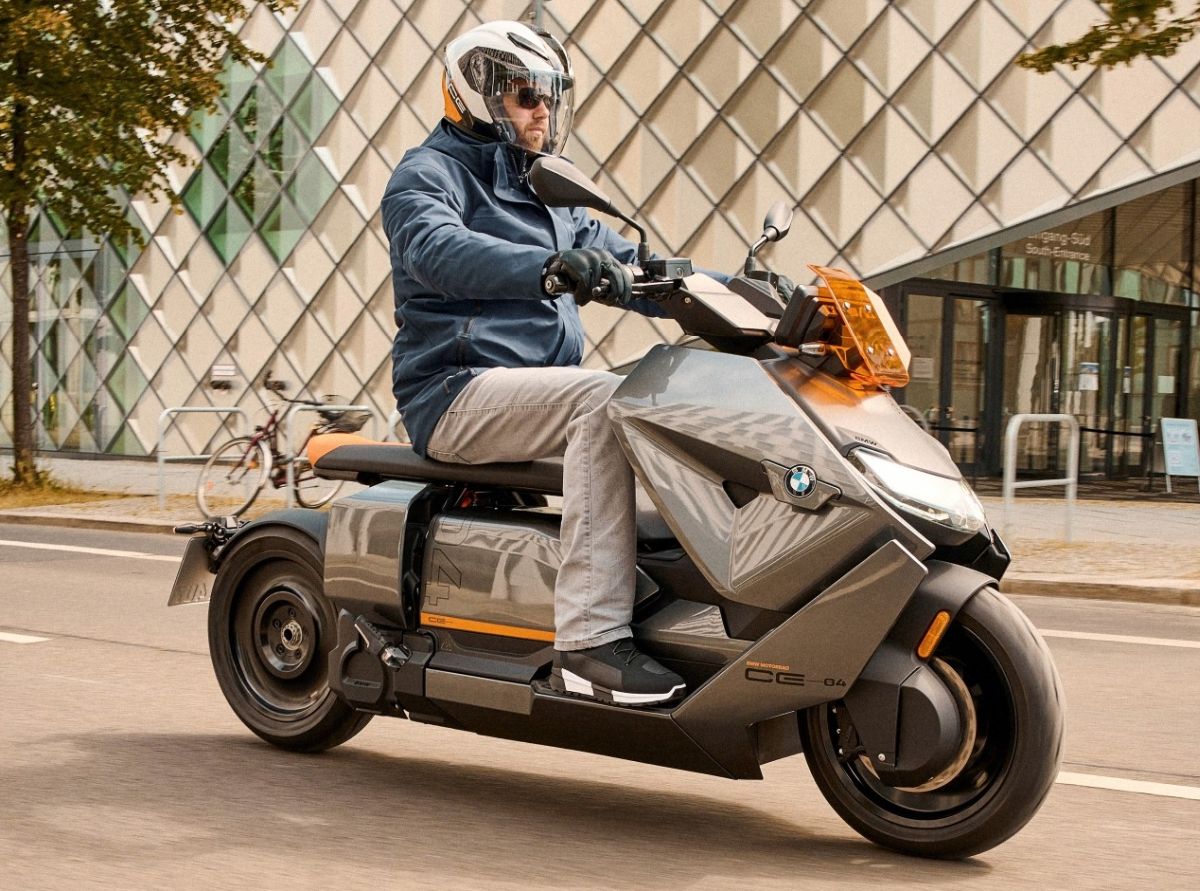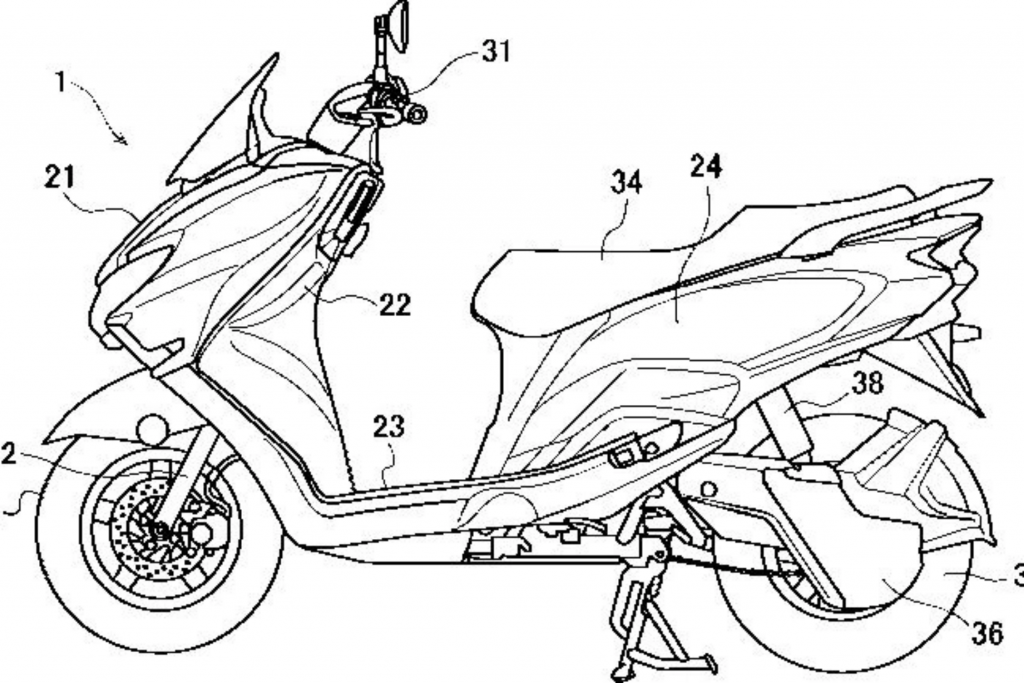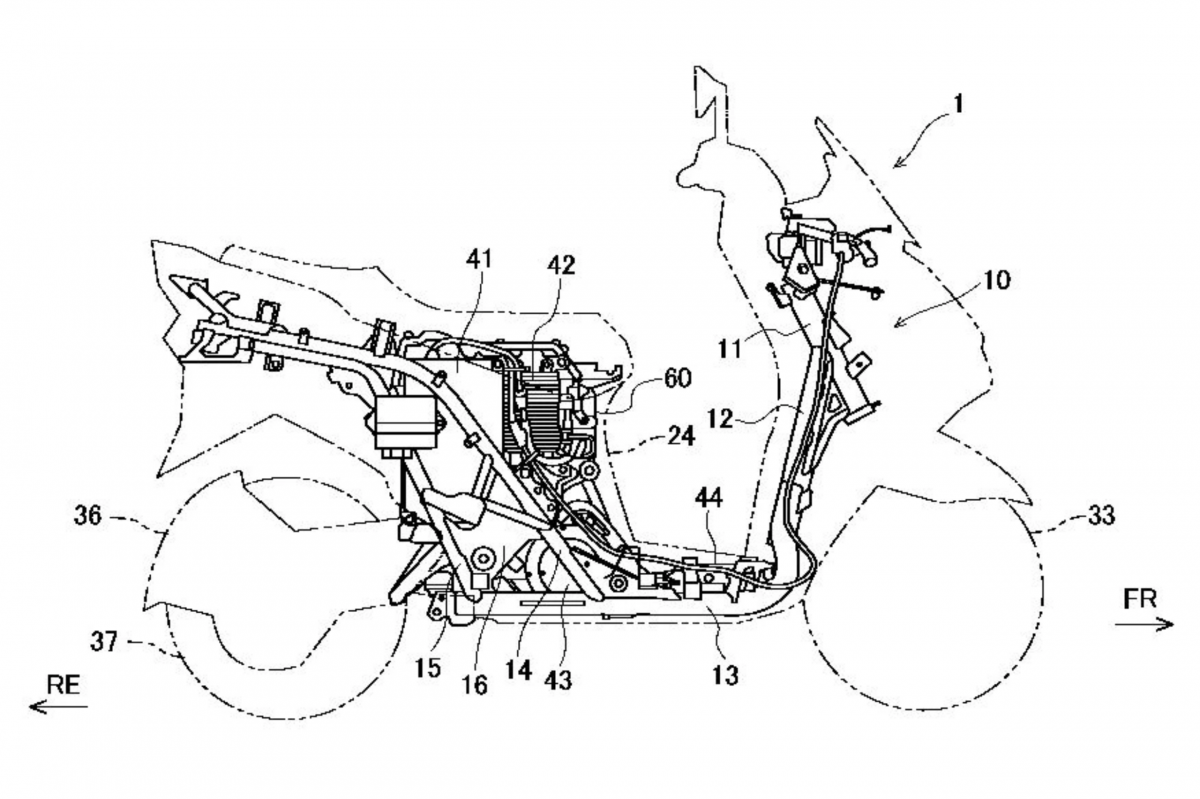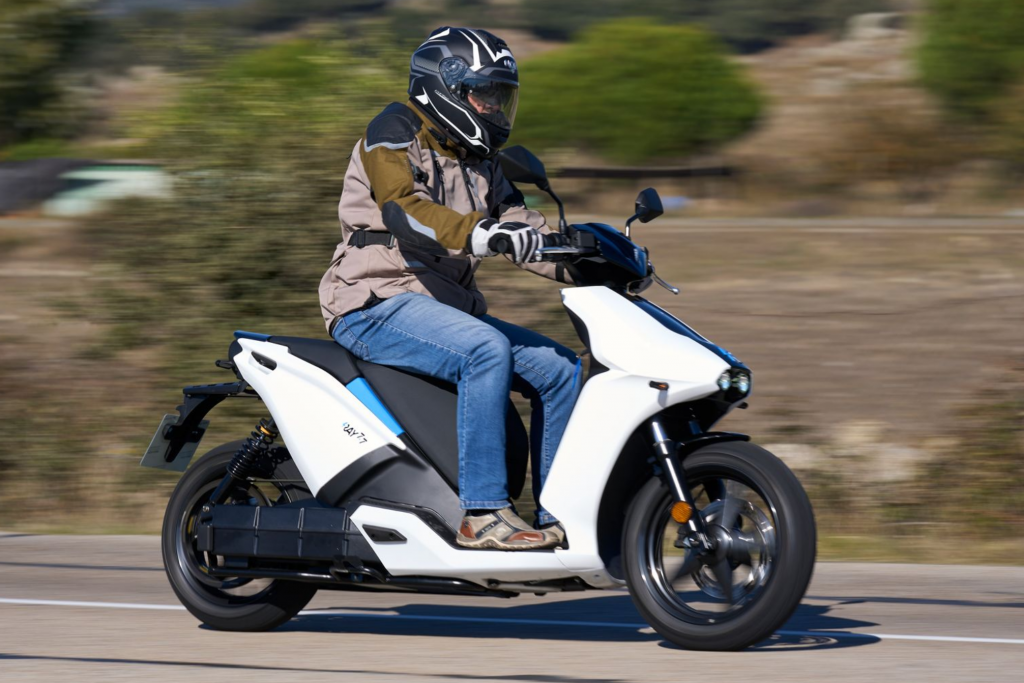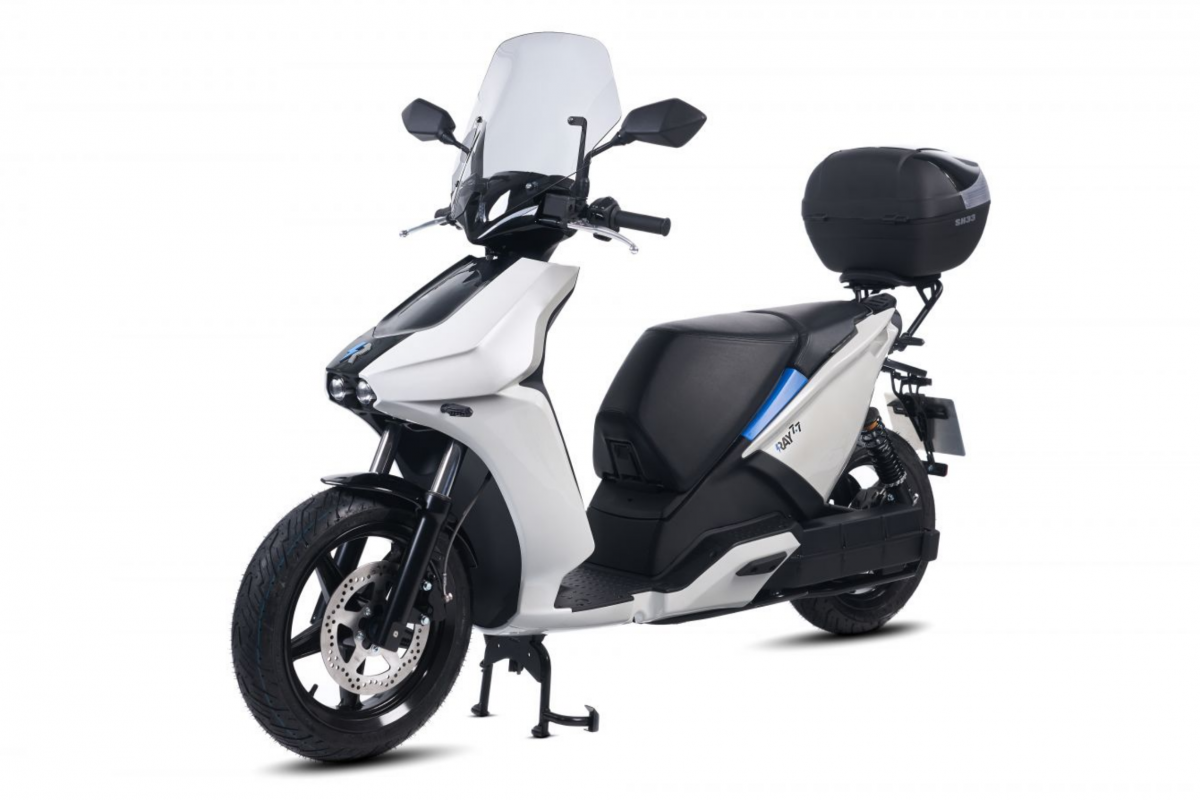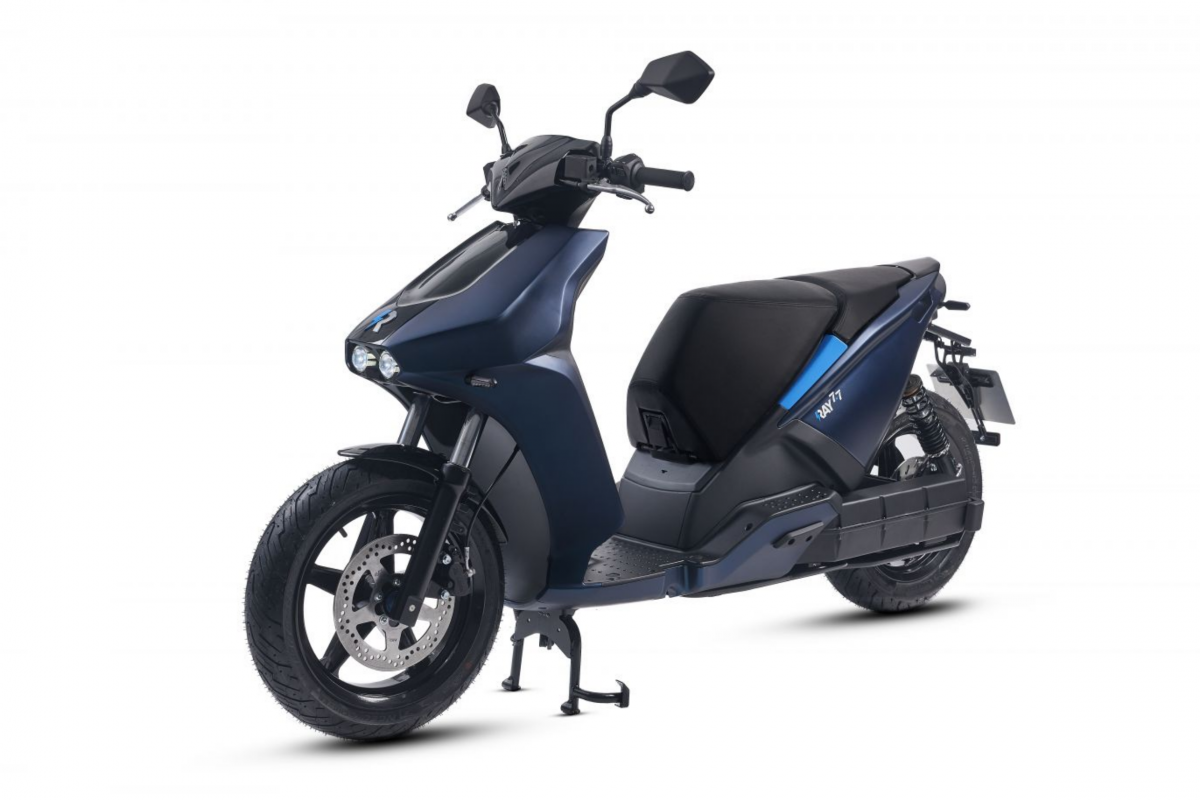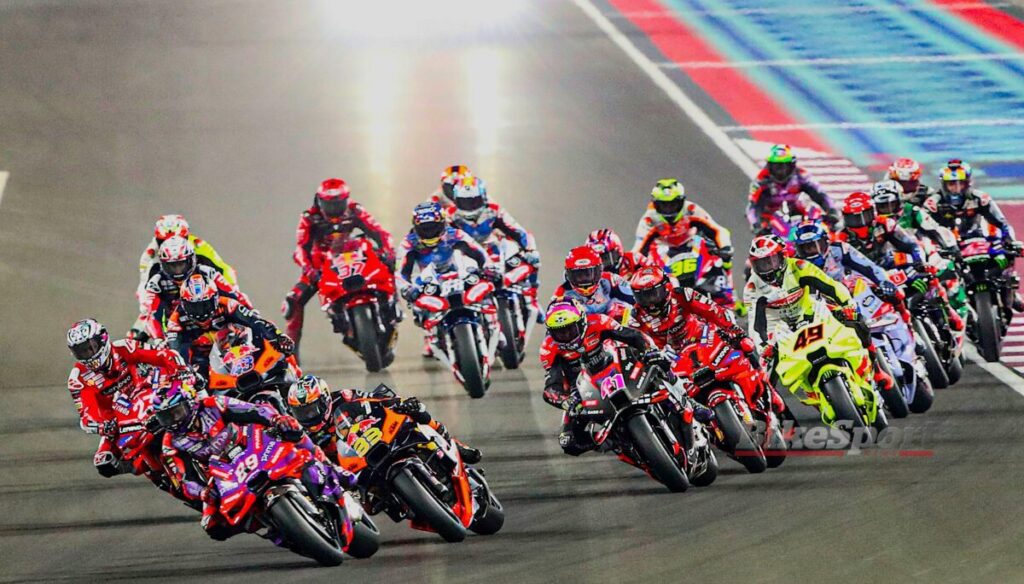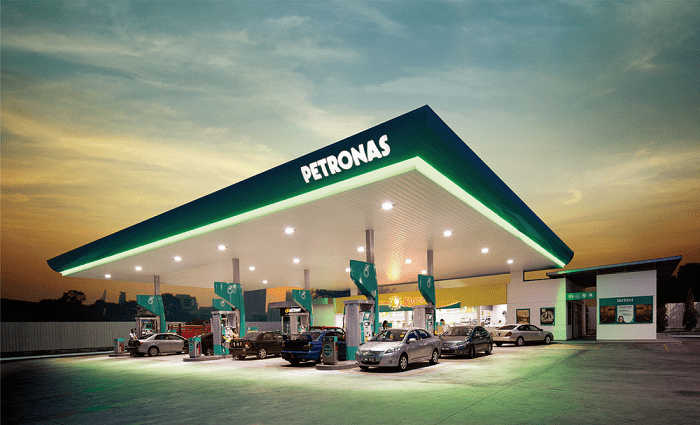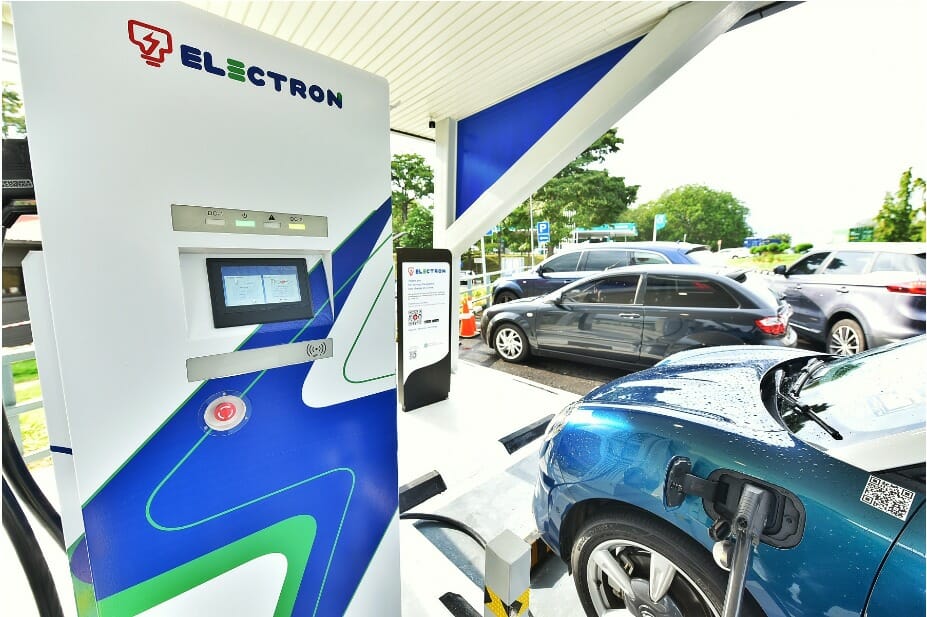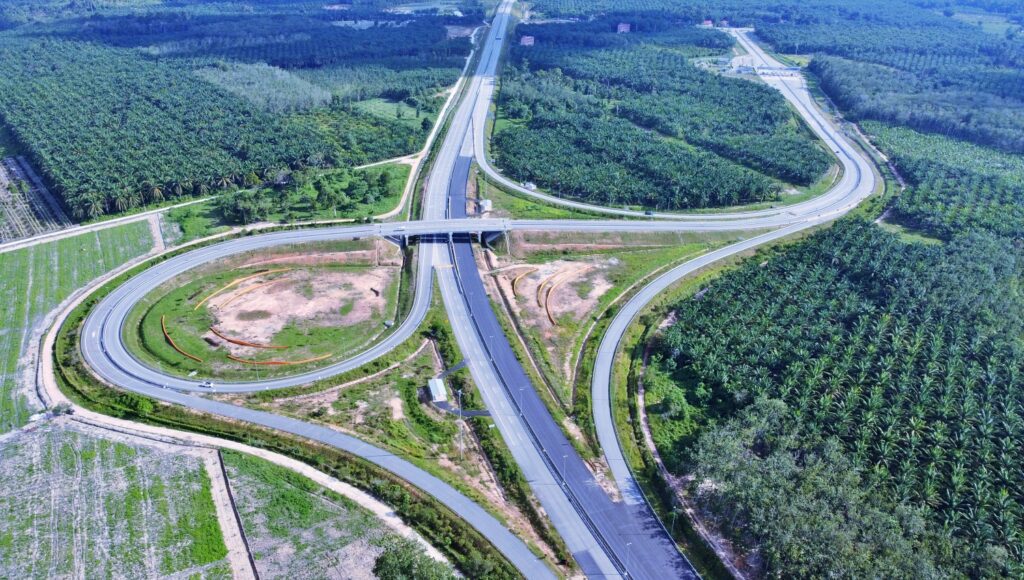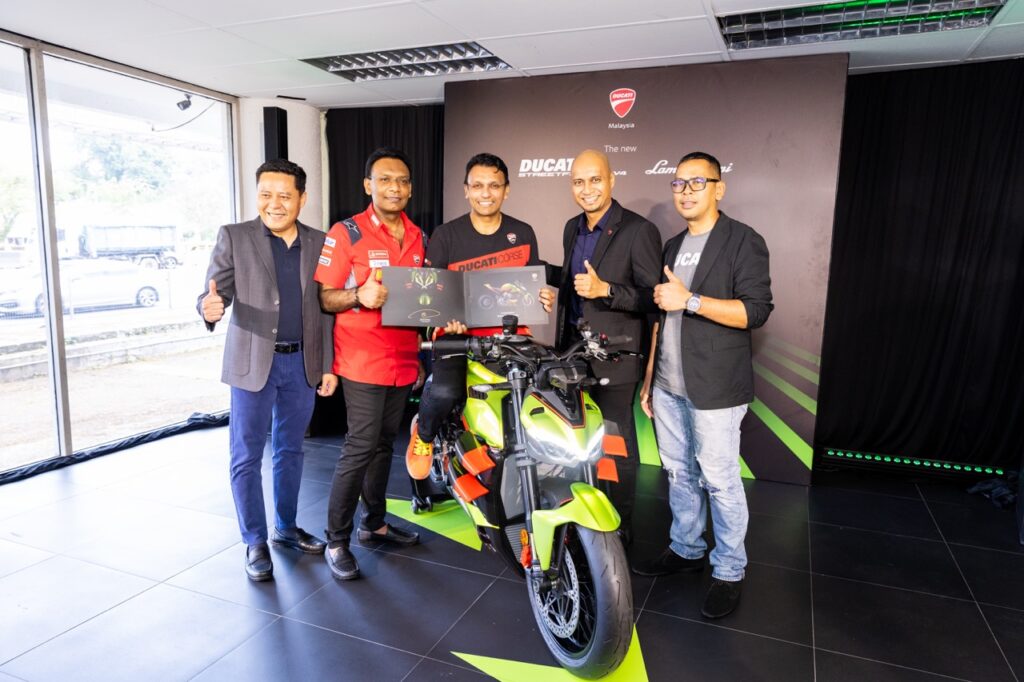China has emerged as the leading global auto exporter, surpassing Japan, mainly due to the increasing demand for electric vehicles. In the midst of this growing market, Chinese brand Yadea has captured attention with its latest offering – the Yadea VF F200 electric scooter.
- The official launch date, pricing, and availability remain undisclosed.
- The Porsche-design VF F200 makes a whopping 236Nm.
Yadea claims that the VF F200 will be the most potent electric scooter in the L3e category, which includes electric scooters that perform similarly to 125cc gas-powered equivalents.
Although regulatory restrictions limit the performance capabilities, electric motors possess a hidden advantage. Despite having a peak output of 11 kilowatts (14.7 horsepower), the VF F200 delivers this power across the entire rev range, distinguishing it from its gas-powered counterparts that only produce maximum power at specific revs.
As a result, riders experience a machine that feels significantly more powerful than its specifications suggest.
What sets the VF F200 further apart is its remarkable torque figure of 236Nm, available throughout the electric motor’s rev range. In practical terms, this means riders have access to a nimble scooter capable of accelerating from a standstill to 50km/h in just 2.5 seconds.
The scooter’s top speed reaches 100km/h, likely adhering to licensing regulations. With a dual-battery pack positioned beneath the fairing, the VF F200 provides an estimated range of approximately 130 miles on a single charge.
One intriguing aspect worth mentioning is Yadea’s collaboration with the Porsche design center in creating the VF F200’s aesthetic. The involvement of Porsche explains the scooter’s sleek and streamlined appearance.
According to Yadea, the F200 draws inspiration from the “sculptural and elegant forms of sports cars.” While the concept of a sporty scooter may be challenging to comprehend, the VF F200 manages to embody elements of this vision.
Although the official launch details of the Yadea VF F200 electric scooter are yet to be revealed, its specifications promise an exciting addition to the market. With its impressive power output, seamless torque delivery, and collaboration with Porsche for design, the VF F200 stands out as a compelling option for electric scooter enthusiasts.

